We've tested the best Android phones available right now from Samsung, Google, OnePlus and more
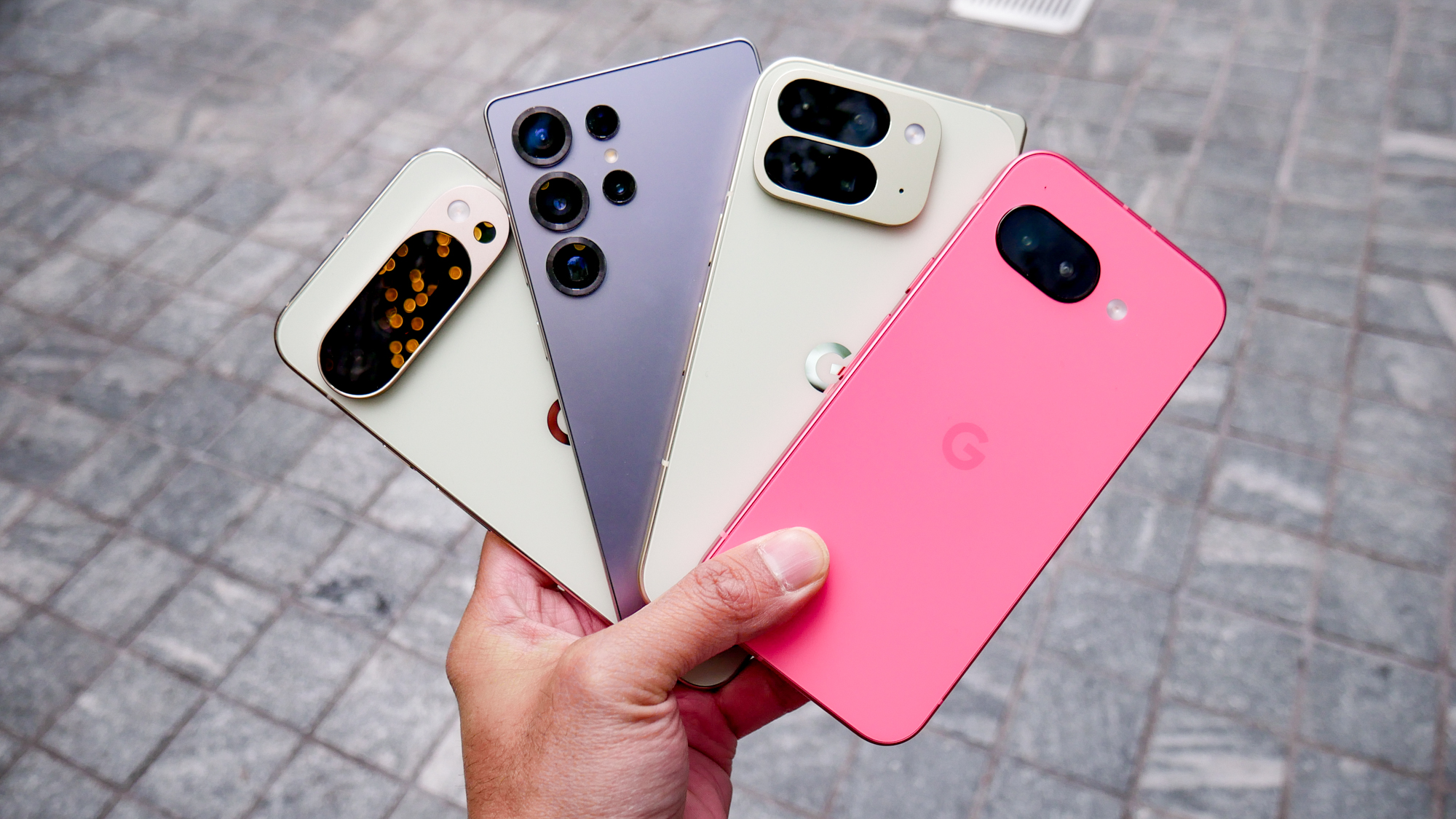
The best Android phone to come out this year was one of the first — the Galaxy S25 Ultra. And while it's set a high standard for everything else that's come along in 2025, Android device makers are up to the task, with several compelling challengers at a wide range of prices.
That's important because Samsung's premium phone commands an equally lofty price. When you put that long-lasting battery or that powerful camera array to the test, you'll feel like you're getting your money's worth. But if $1,299 is too much to spend, try the Galaxy S25 instead. It supports the same Galaxy AI features as the Ultra, but costs $500 less. Samsung's newly released foldable phones crash the Android party, too.
True bargain hunters should jump on one of the newer entries to our best Android phones list, the Google Pixel 9a. It's a great performing camera phone that costs less than $500, and it's got a lot of the same AI features as the rest of the Pixel 9 lineup. (And if it's AI you want, those Google flagships offer the most robust features out there.)
All of these picks are based on testing done by myself and the rest of the phones team at Tom's Guide. Combined, we've got decades of experience looking at phones, so we know what can separate a good Android phone from a great one.
Read on to find out which Android phones impressed me and my colleagues the most after our extensive testing and head-to-head comparisons.
The quick list
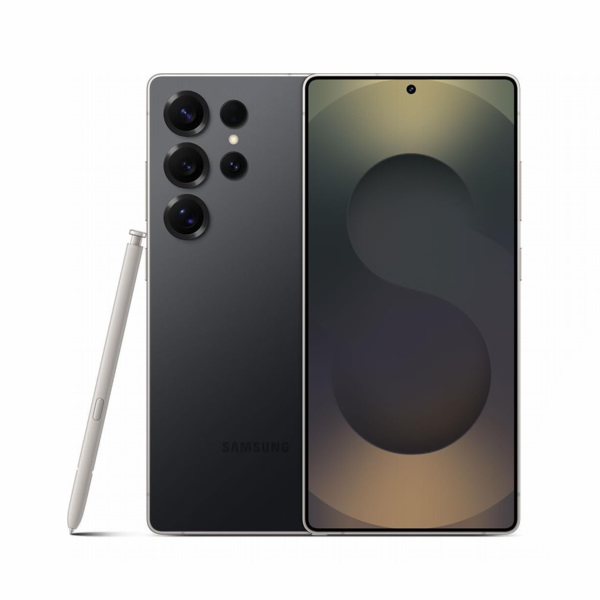
The best Android phone around delivers noteworthy hardware improvements like a faster, more efficient chipset and an upgraded ultrawide camera. But it's the new Galaxy AI features that really make Samsung's phone stand out.
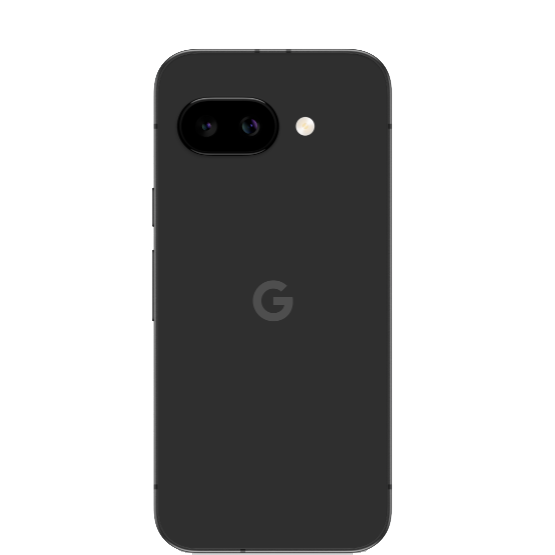
The Google Pixel 9a is a phone that offers the same great budget price, but with a whole wealth of power. For a phone under $500 you're getting a super bright display, versatile cameras and more.
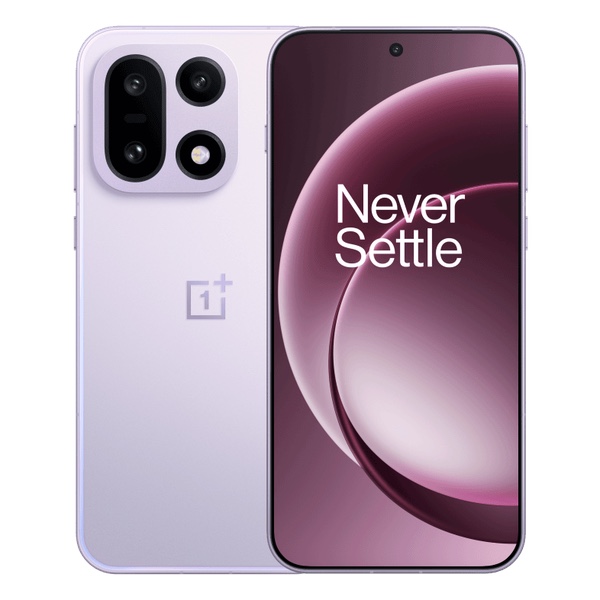
Exceptional battery life is just the start of the OnePlus 15's appeal. Its price, smooth display, and speedy performance are all benefits that anyone can appreciate.
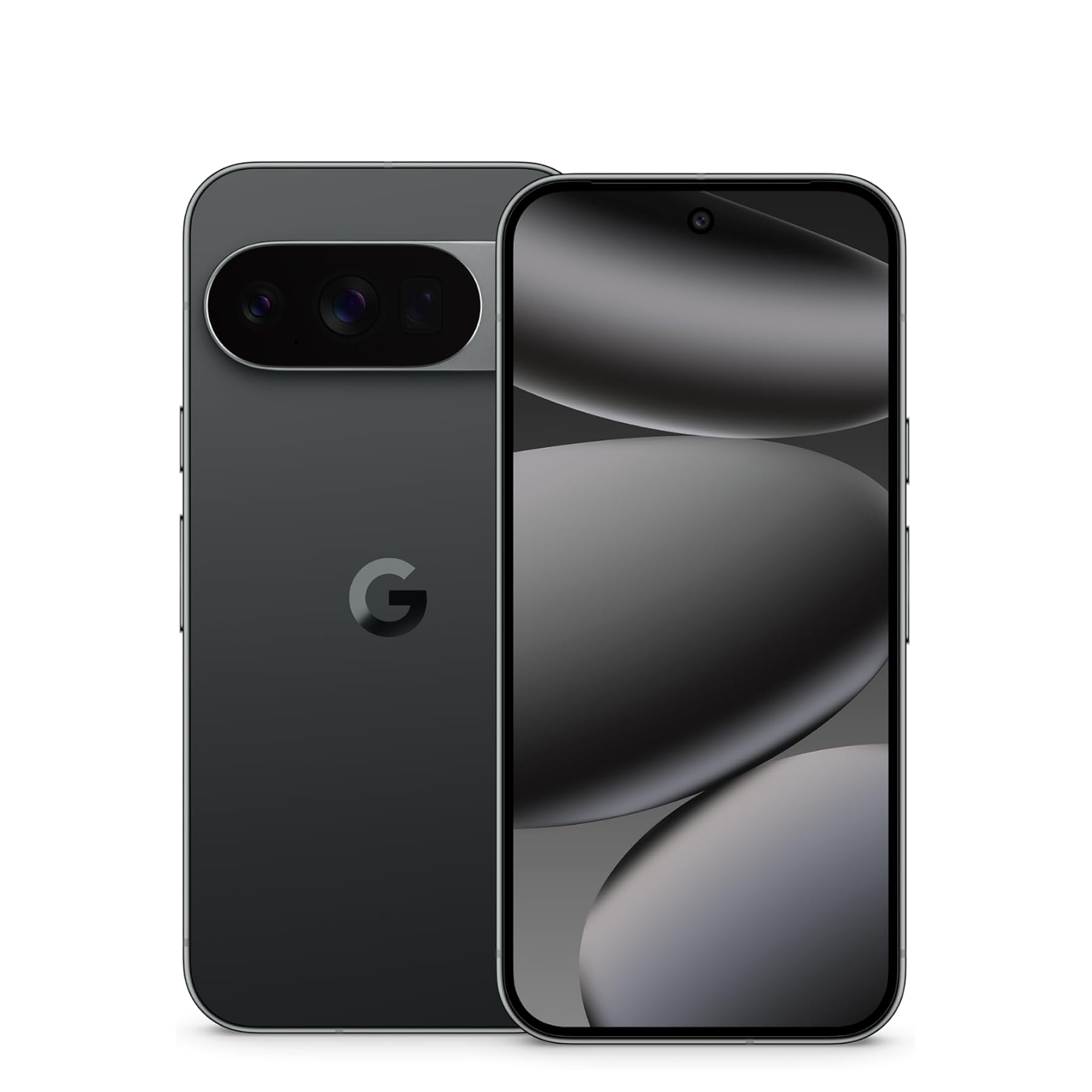
Artificial intelligence is increasingly becoming a part of phones and no other one has more of it than the Pixel 10 Pro XL. You'll be delighted by the AI features it offers to help save you time.
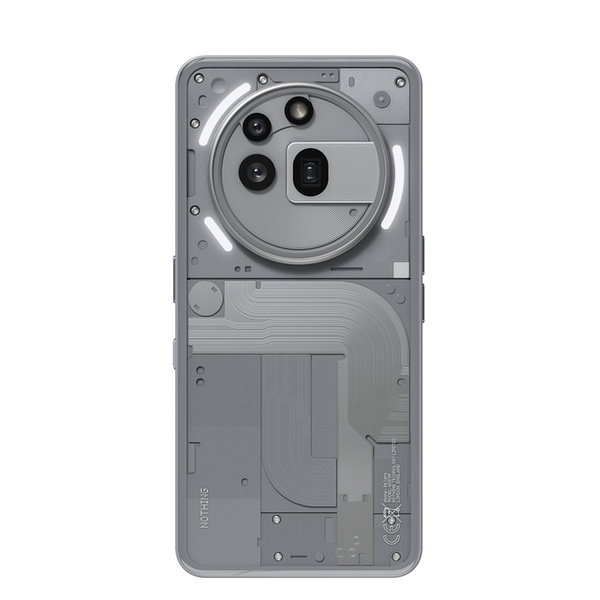
The Nothing Phone 3a Pro rewrites the rules on what to expect from a budget phone by including a telephoto camera in a sub-$500 device. Throw in a distinctive design and all-day battery life, and you've got a phone that can match the features of more expensive models.
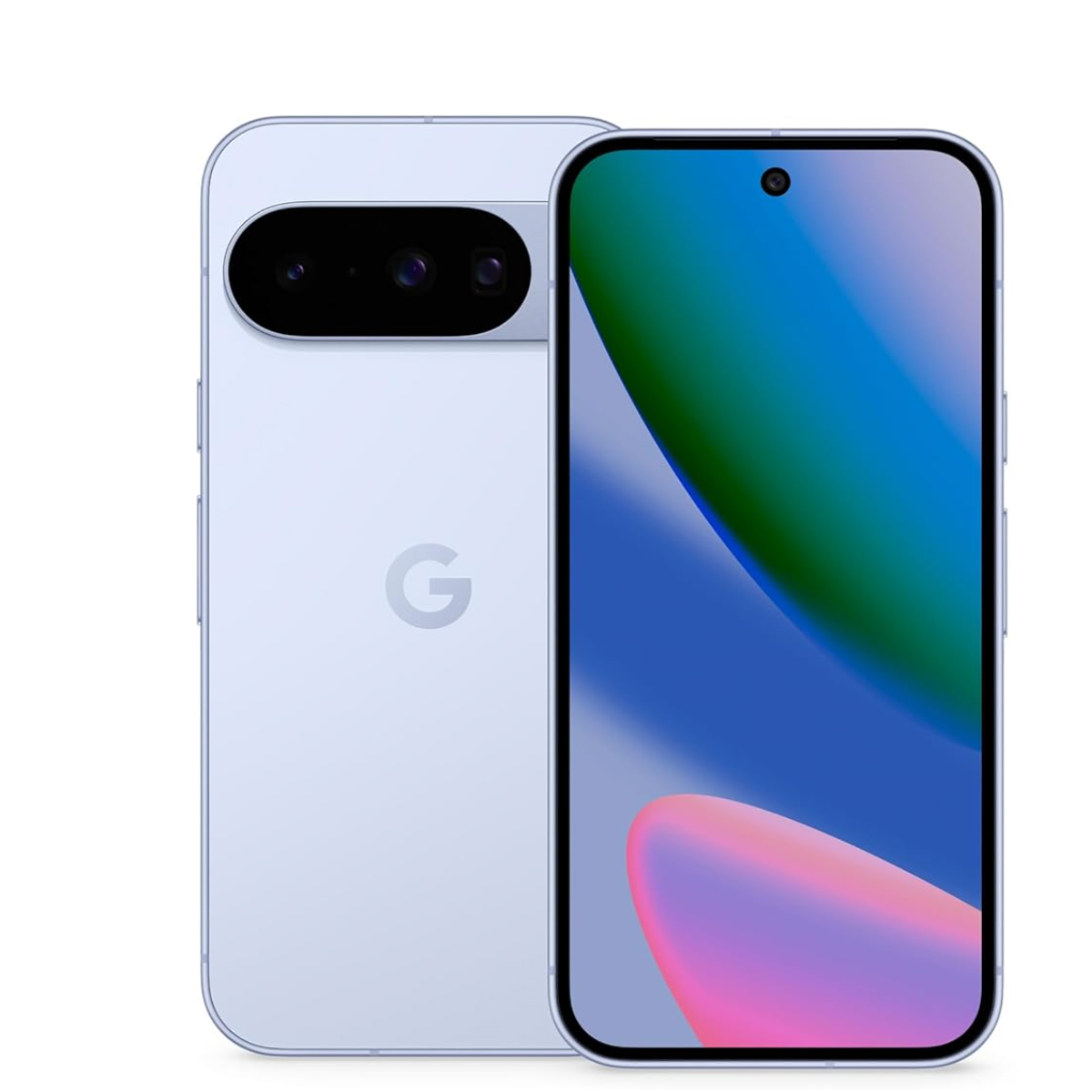
Don't underestimate the Pixel 10 because despite being lower on the totem pole in Google's lineup, it actually has a lot of premium features found in the pricier Pixel 10 Pro XL. Including, for the very first time on a non-Pro model, a telephoto lens.
Load the next products...
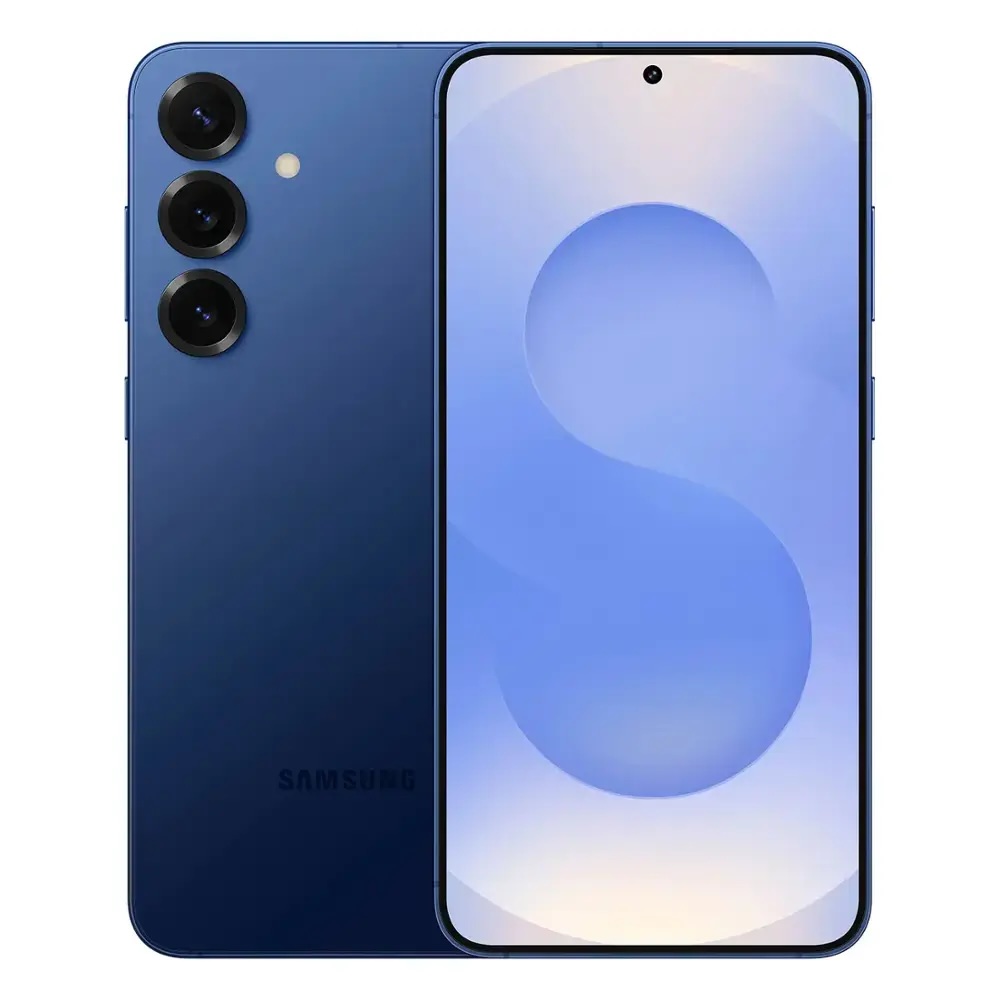
Anything the Galaxy S25 Ultra can do in terms of AI, the Galaxy S25 does it just as well. And Samsung's entry-level smartphone costs $500 less than the more premium Ultra. That makes up for the lack of big hardware changes, though we're also impressed with improved photo processing on the Galaxy S25 that yields more true-to-life colors.
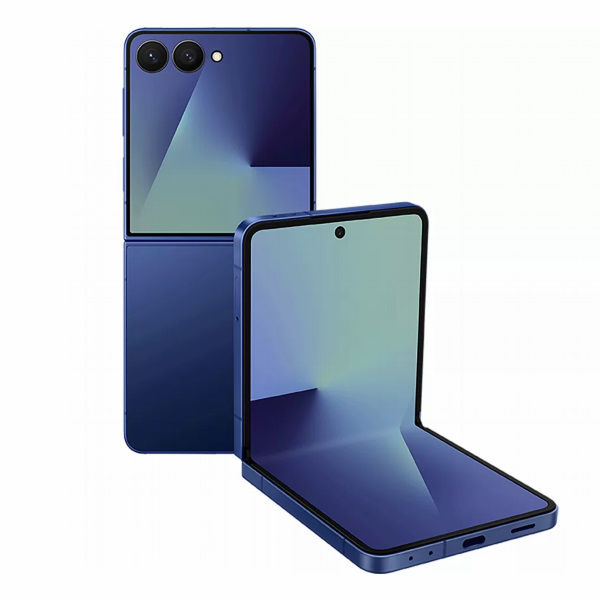
Samsung's latest flip phone is a winner, with a thinner design and larger screens, plus Galaxy AI features you can use right from the outer Flex Window. Cameras don't see any major changes, but it's still the best performing camera phone among foldables.
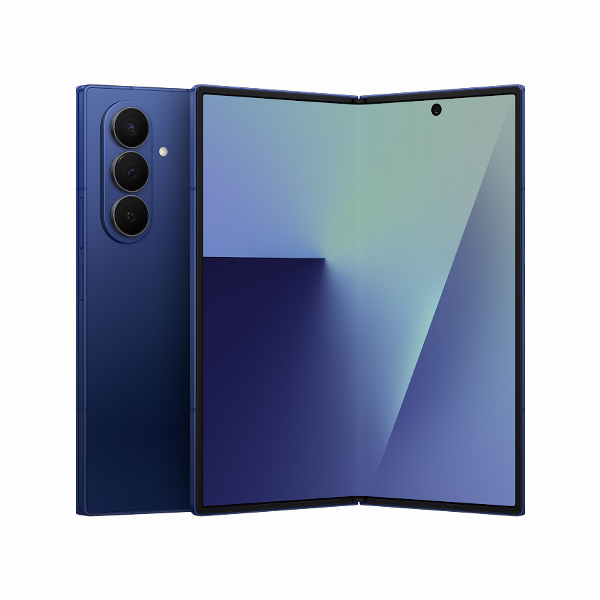
When the Galaxy Z Fold 7 is unfolded, it's the thinnest phone we've seen. And that's important as it makes this powerful device easier to tote around. Galaxy AI features add to the appeal if you can swing the price.
Best Android phone overall
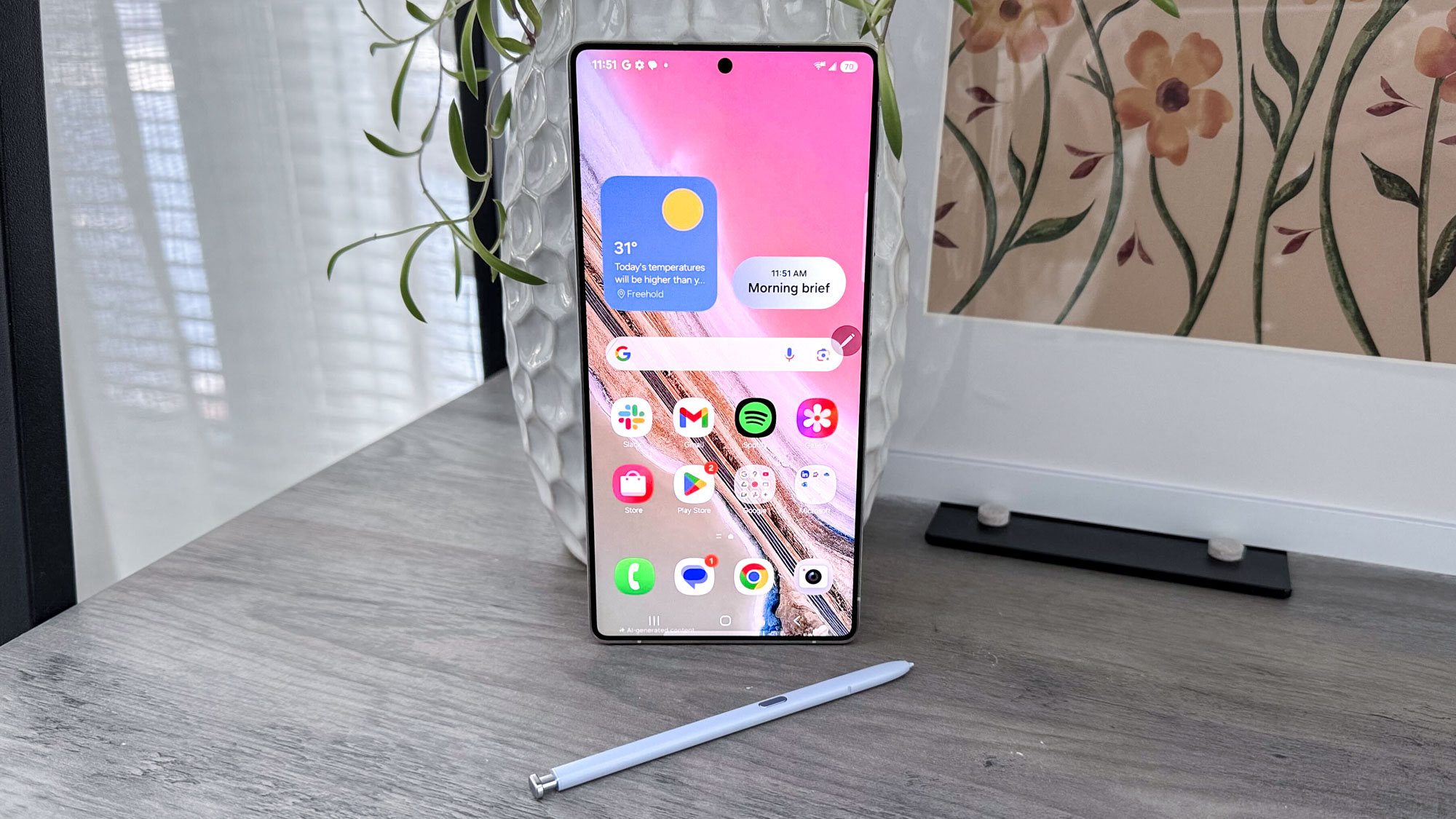
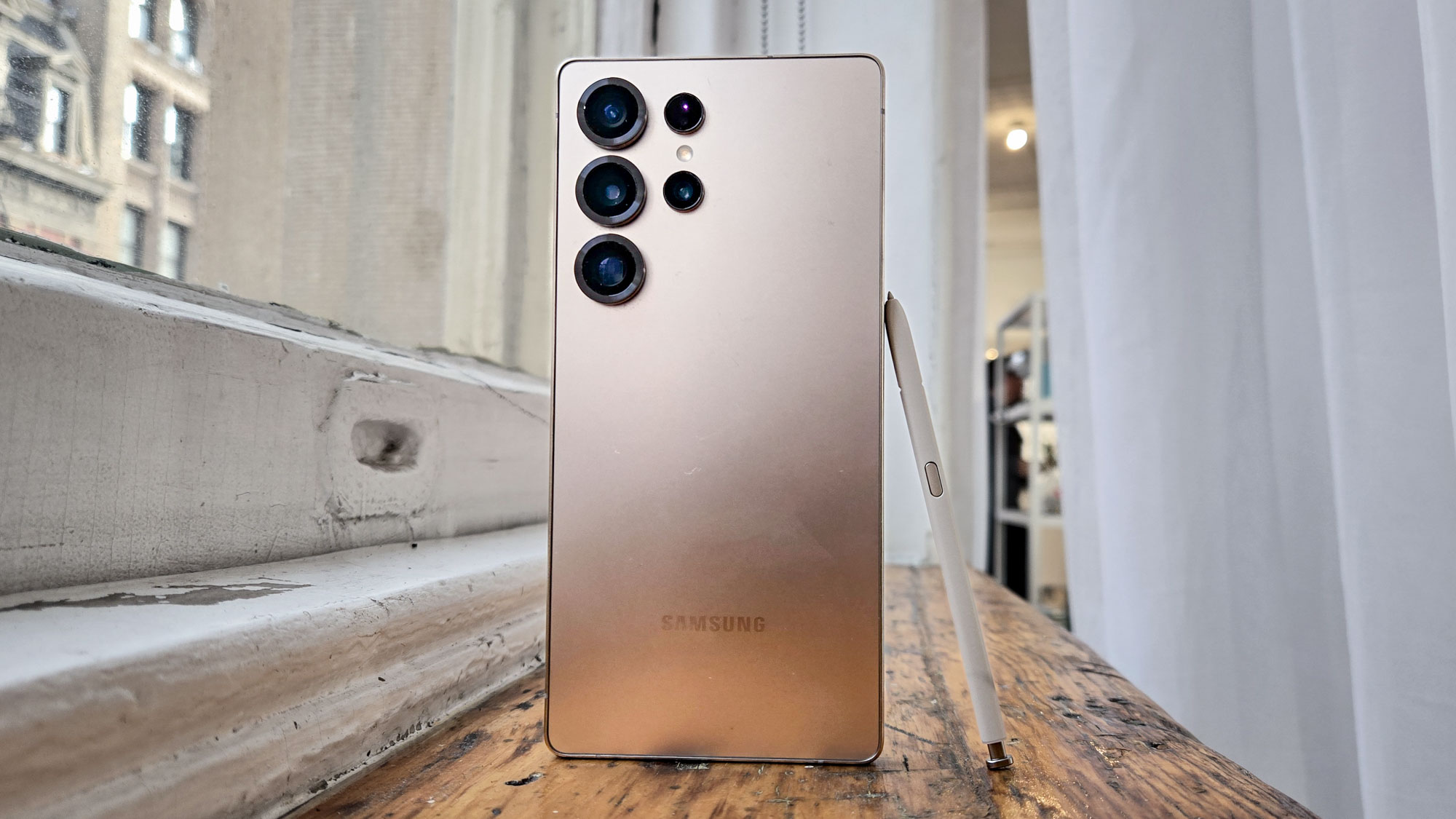
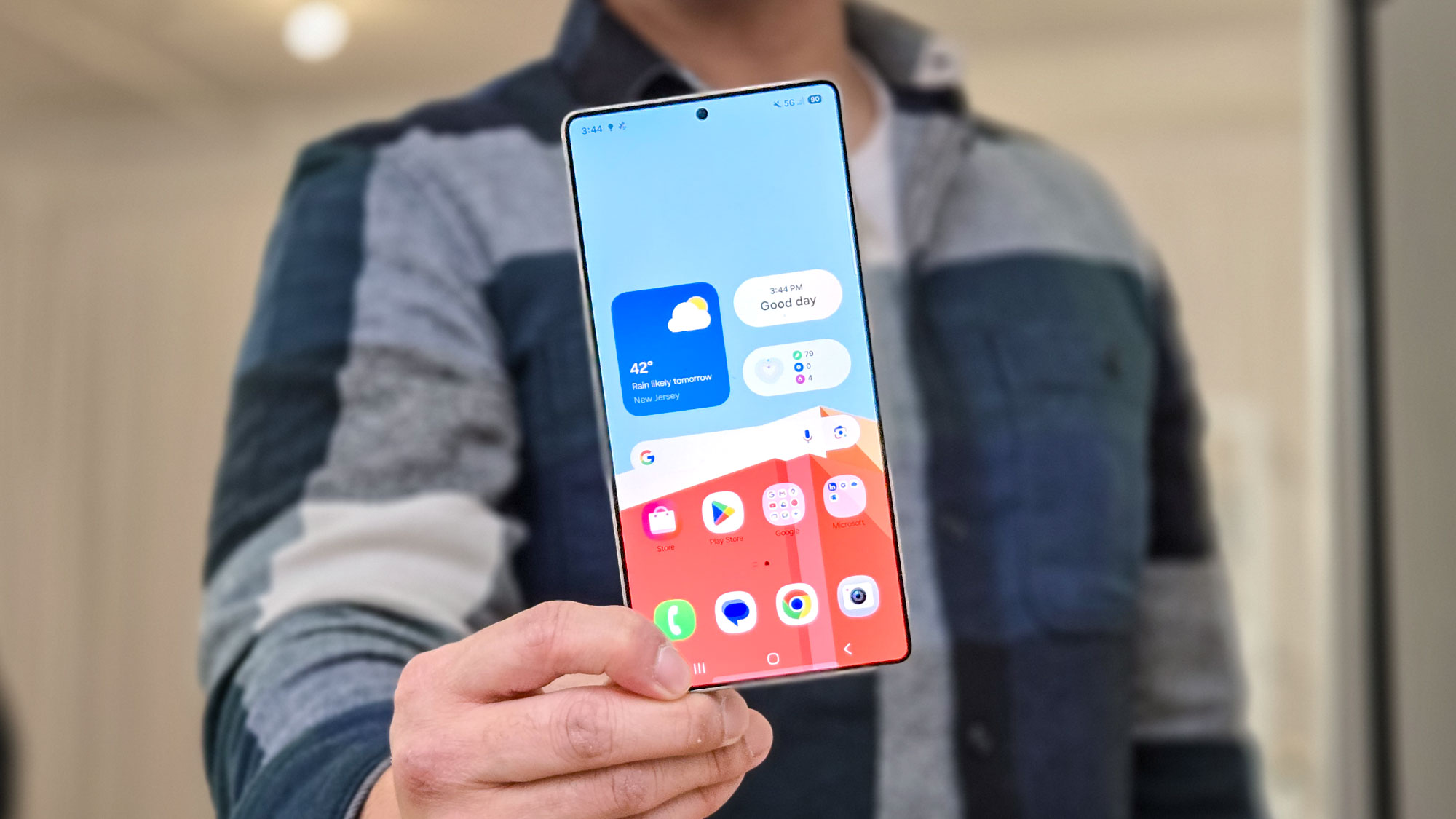
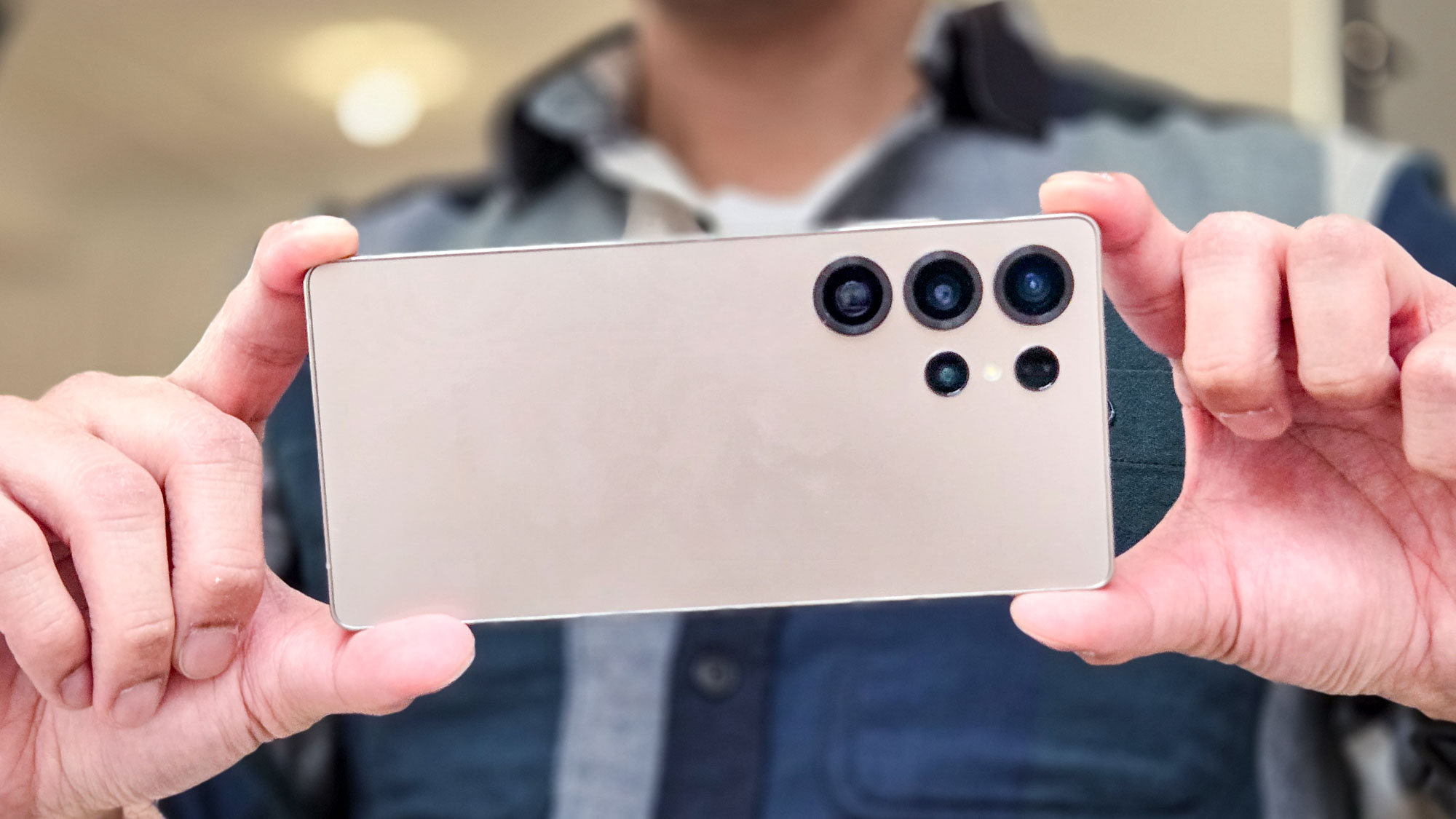
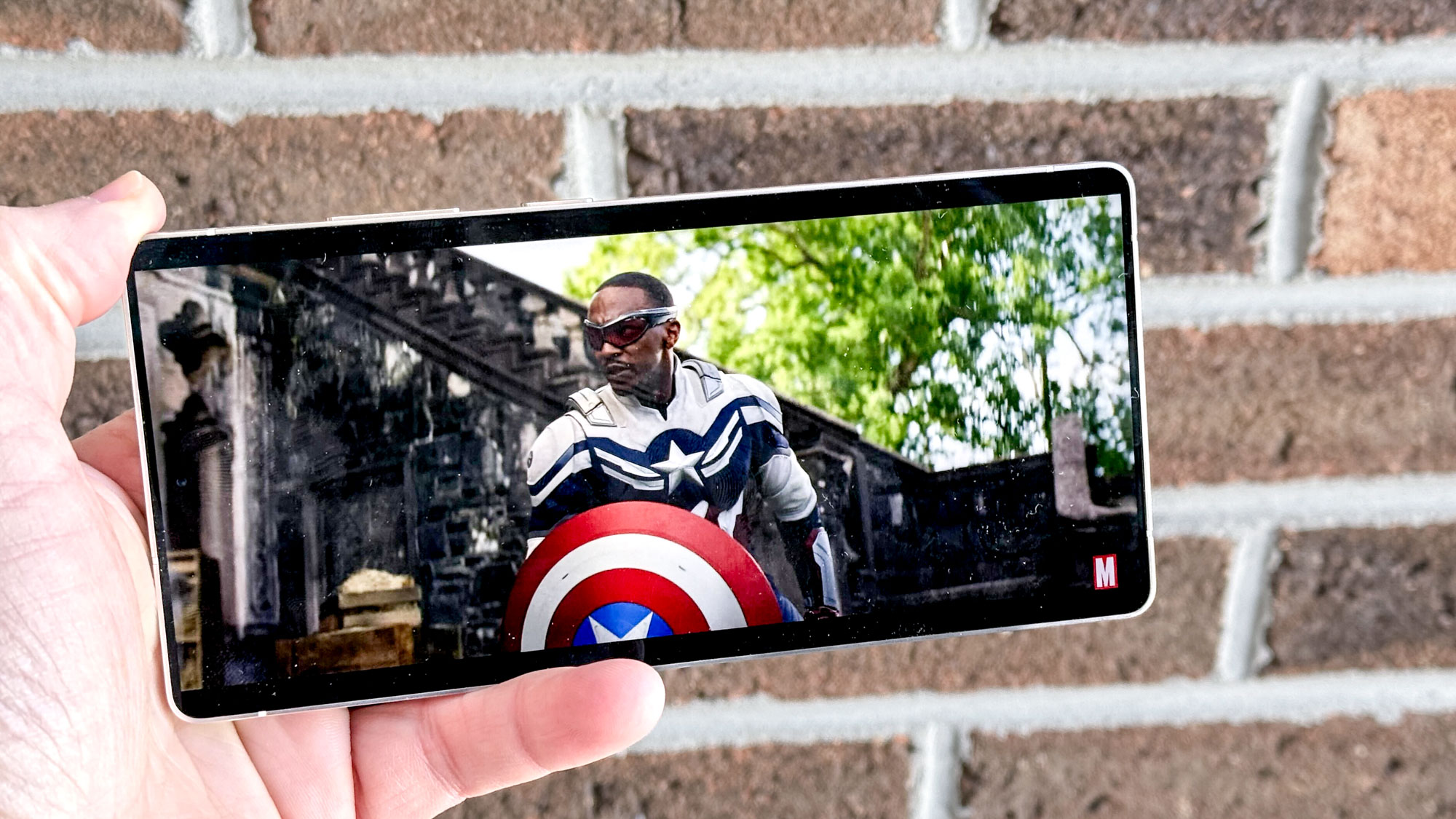
Specifications
Reasons to buy
Reasons to avoid
On paper, only a few specs separate the Galaxy S25 Ultra from its predecessor, the Galaxy S24 Ultra. There's a new Snapdragon 8 Elite chipset powering Samsung's latest premium phone, and it's been optimized specifically for the Galaxy S25 lineup. That helps the Ultra produce some of the best results on speed and graphics tests of any Android phone that we've seen, outside of the gaming-focused Asus ROG Phone 9 Pro. Improved power efficiency also helps the S25 Ultra surpass the S24 Ultra's impressive time on our battery life test by around half-an-hour, making this the longest-lasting Samsung phone we've ever seen.
But what really impressed me when looking at the latest Samsung phones including the S25 Ultra is the new Galaxy AI features. They really introduce a new level to AI on the smart phone by enabling things things like cross-app actions. As demonstrated by my colleague Richard Priday when he spent some time with the Galaxy S25 Ultra, you can look a place up online, text the address to a friend and get directions for yourself, all while using just one spoken command to the Gemini assistant on board the Galaxy S25 Ultra. In fact, Samsung won our AI assistant face-off when we pitted the latest Galaxy phones against devices from Apple and Google.
Richard was less impressed with the Now Brief feature that's supposed to draw on your activities and interests to bring personalized and relevant information to a dedicated screen on your Samsung device. That's sort of by design, though — Samsung is using an on-device Personal Data Engine to note how you use the phone. Over time, those Now Brief suggestions are supposed to draw on that knowledge. We'll eventually find out how effective that is, but for now it remains a work in progress.
I haven't shot photos with the Galaxy S25 Ultra, but I have seen the finished results and the impact of an upgraded ProVisual Engine in processing images. Past Samsung camera phones have erred on the side of garish colors. But things look a lot less saturated in our initial Galaxy S25 Ultra vs iPhone 16 Pro camera comparisons — so much so that I think Samsung has toppled Apple's top device as the best camera phone. An upgraded ultrawide lens helps the Samsung phone with more detailed macros shots, too.
I'm not a fan of the lack of Bluetooth connectivity on the S Pen, though apparently it was done with an eye toward slimming down this year's model. But I do like the brighter display and upgrades to existing Galaxy AI features. Samsung's not reinventing the wheel with the Galaxy S25 Ultra, but it's certainly advancing the phone just on the AI additions and enhancements alone.
Read our full Samsung Galaxy S25 Ultra review.
Best value Android phone
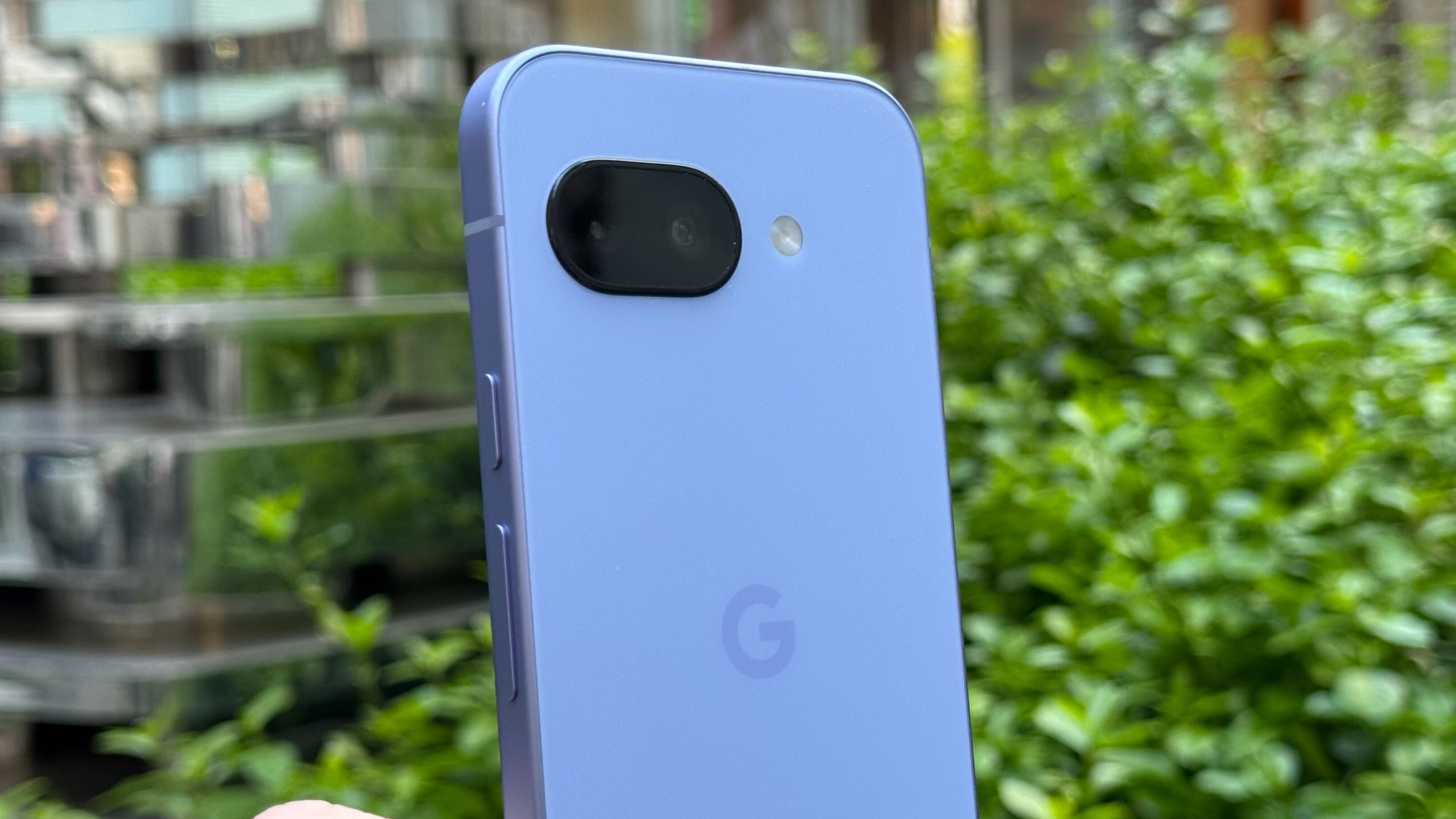
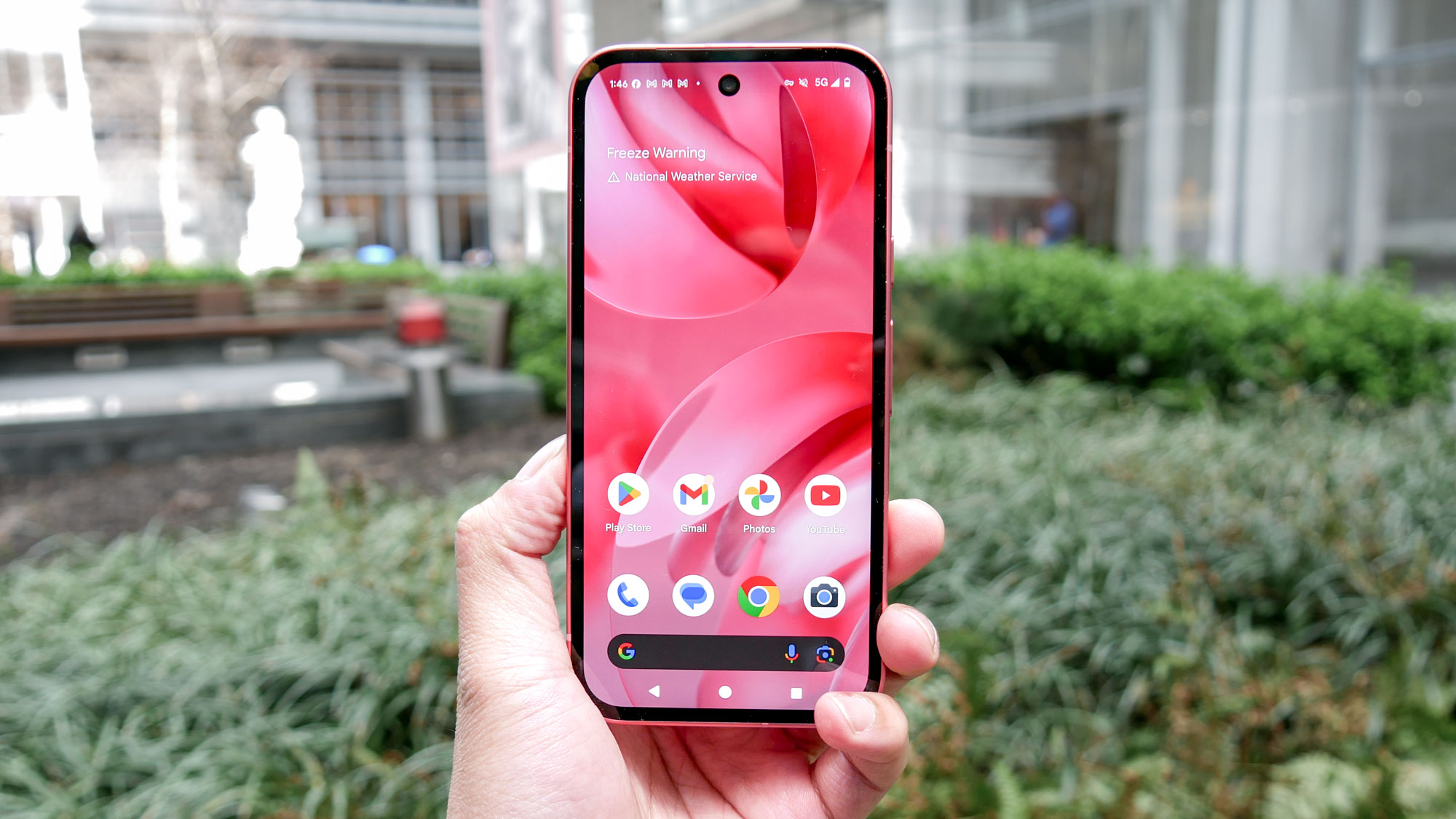
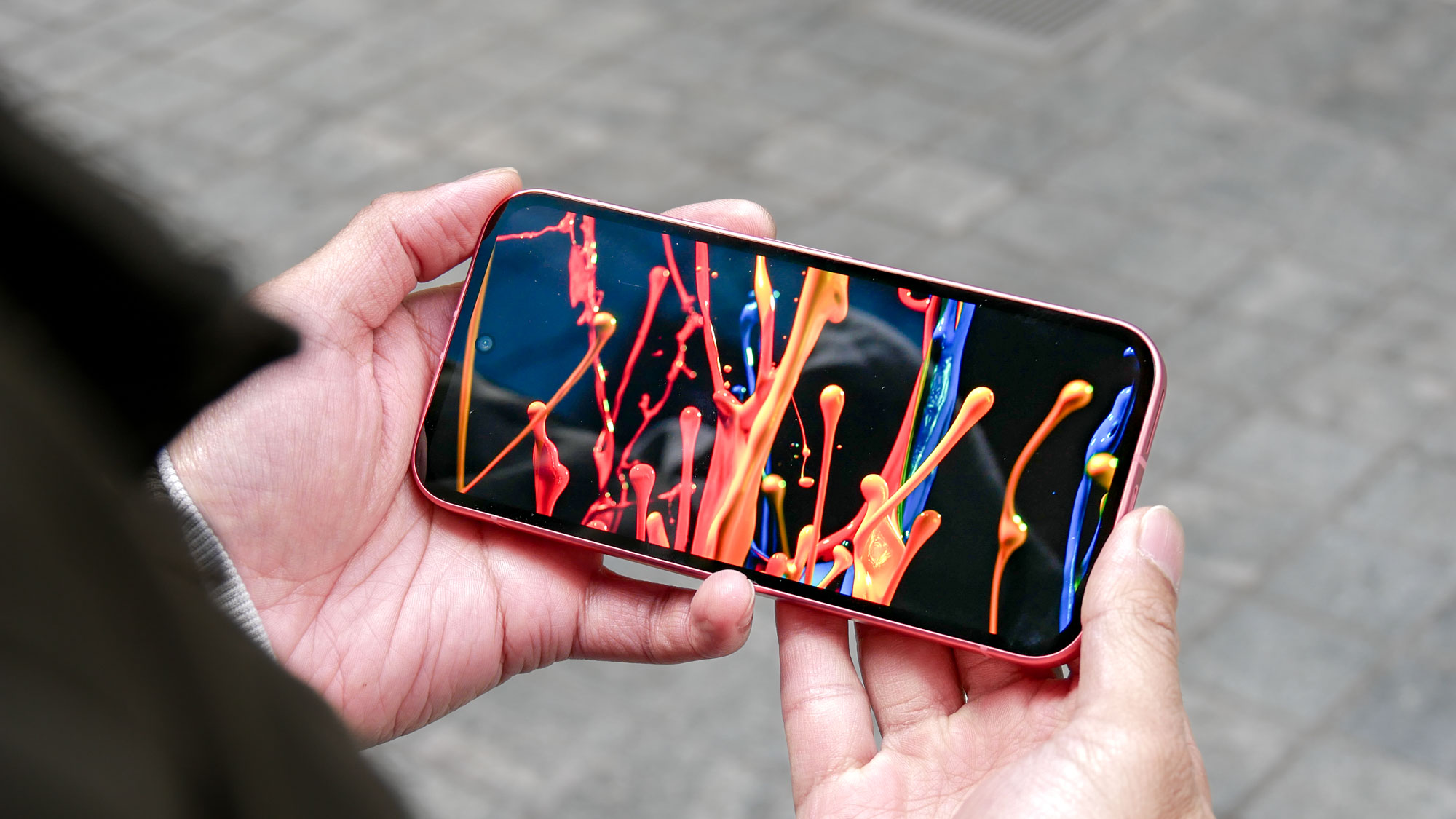
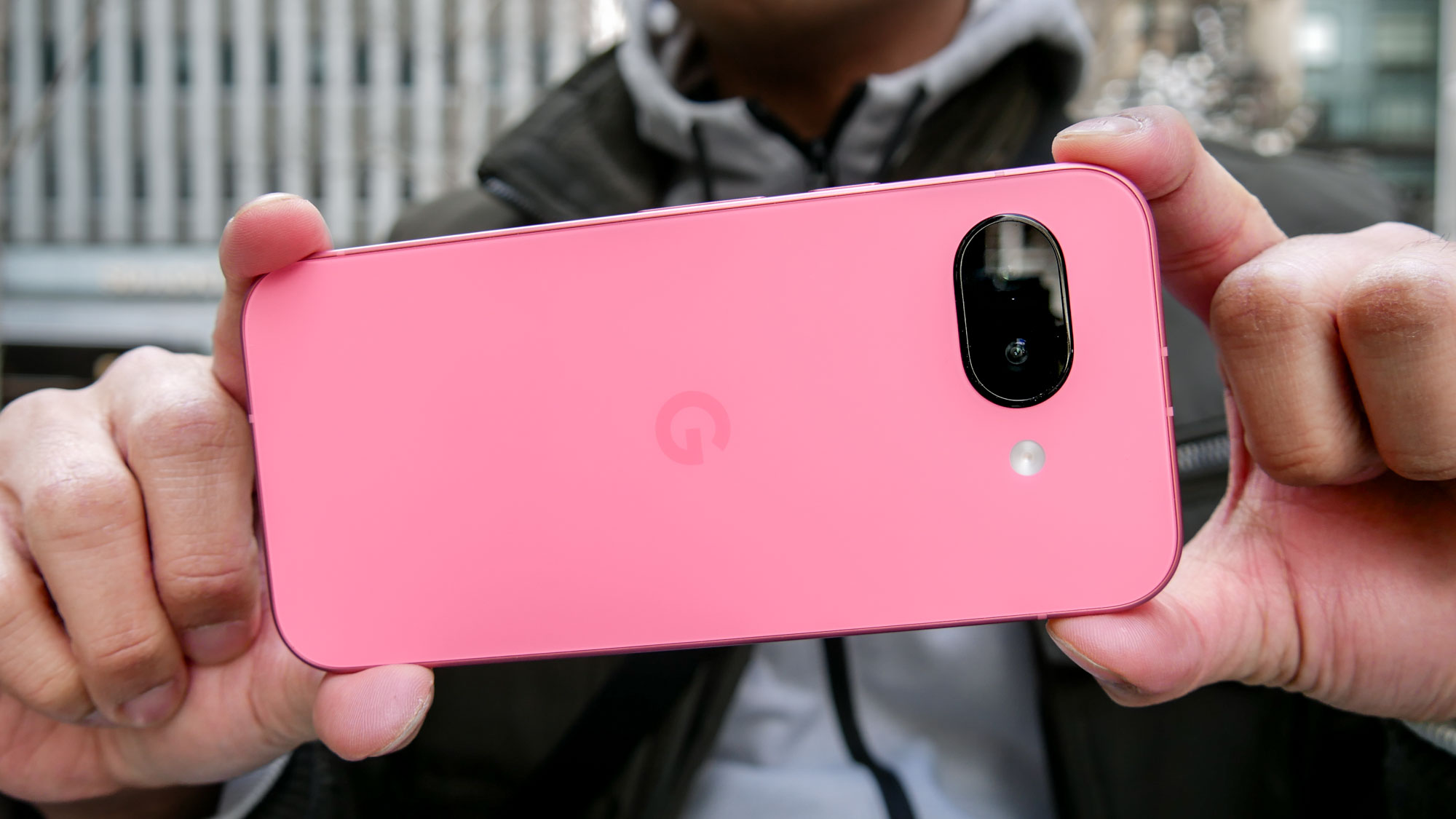
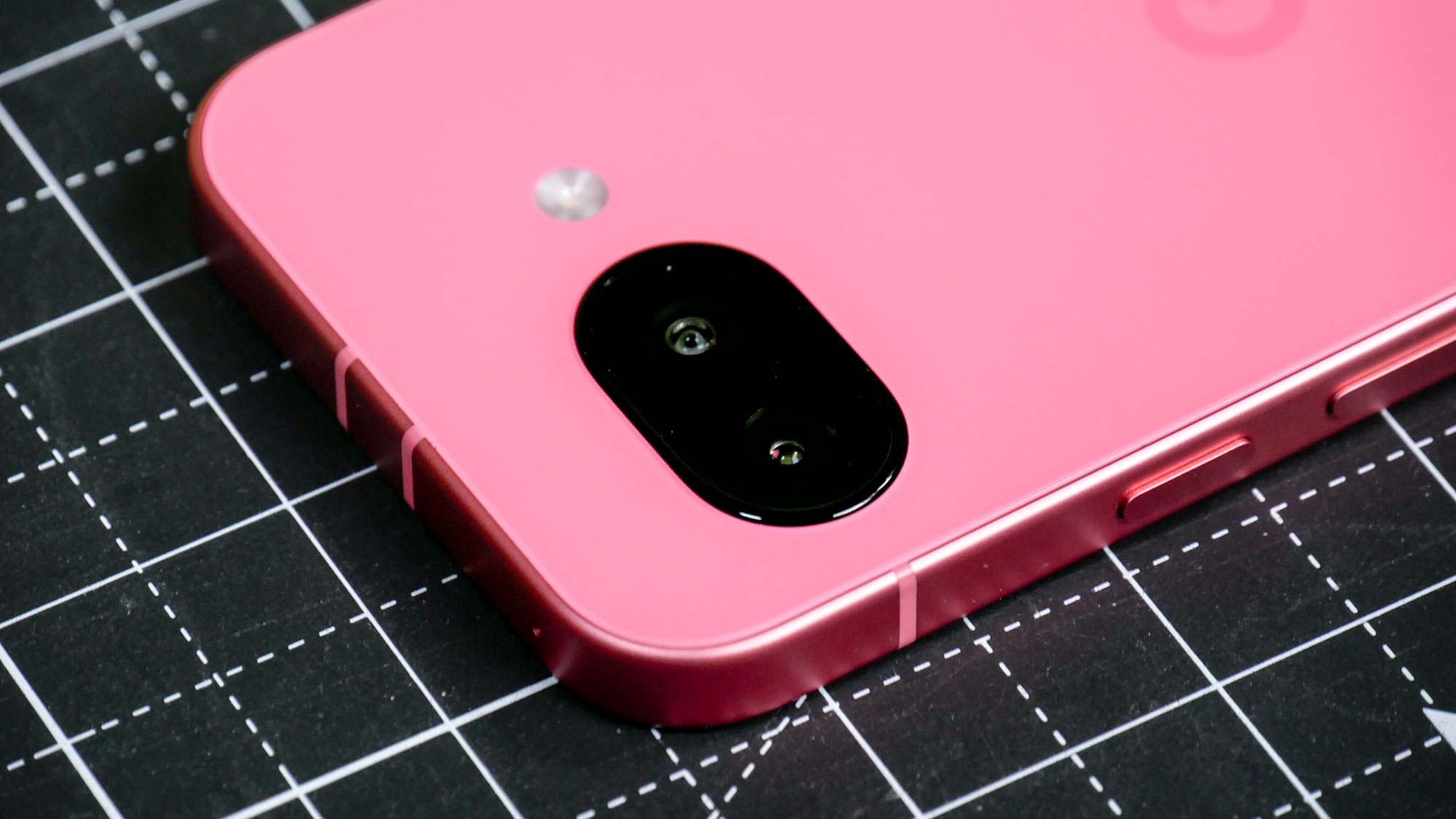
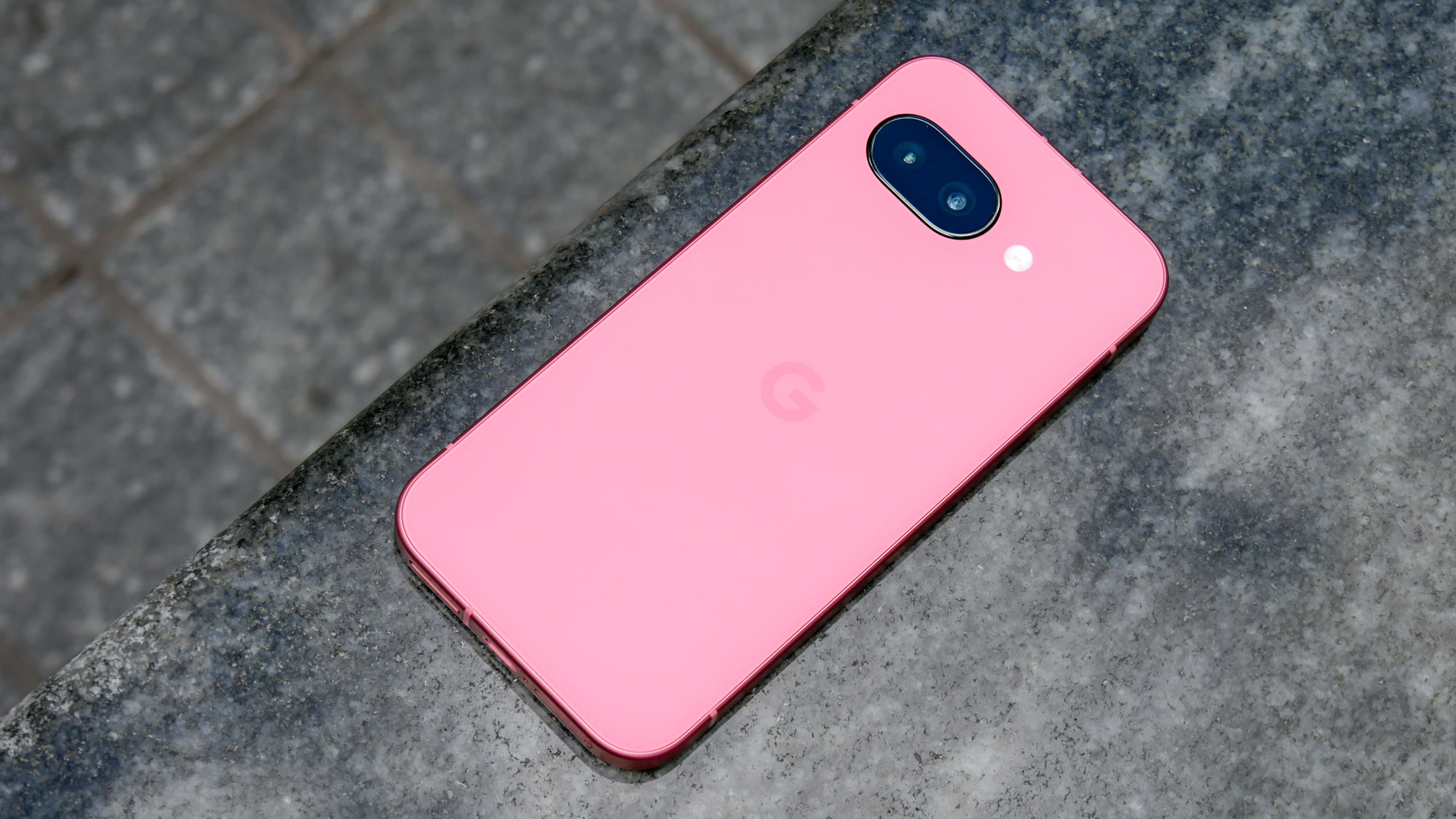
Specifications
Reasons to buy
Reasons to avoid
The Google Pixel 9a takes everything we loved about the Google Pixel 8a and beefs it up to eleven, all without changing the $499 price. That means you're getting a bigger display, as well as the new Tensor G4 chip and AI features all for the same cost.
In many ways, the Google Pixel 9a is both comparable to and an improvement over the Google Pixel 9. For instance, while the display on the 9a isn't quite as bright, it offers much more color accuracy than the more expensive flagship. Not only that, the Pixel 9a also manages to draw nearly as much power from the Tensor G4 chip as the older model.
While the iconic camera bar is indeed gone from the new model's design, the Pixel 9a cameras perform impressively. The phone comes with an uncomplicated 48MP main camera with a 13MP ultrawide. Now, that might seem like a downgrade over the 64MP main camera offered by the Pixel 8a, but that isn't the case.
See, the Pixel 9a features a wider aperture on its main camera, which means you'll get sharper images, especially in darker conditions. You also gain a new macro focus mode that uses AI to enhance close-up photos. Google Pixel 9a also brings a new night-site feature, a first for the series, which inherently adds a proper astrophotography mode.
John Velasco's Pixel 9a vs. iPhone 16e camera face-off shows why the Pixel is the best midrange camera option, and Tom Pritchard demonstrated how the Pixel 9a's camera improves upon the Pixel 8a. Our review of the $399 Galaxy A36 also demonstrates just how far ahead the Pixel 9a's cameras are compared to other cheap phones — the low-light photos it shoots are no match for Samsung's midrange handset.
Finally, the amount of AI features you're getting access to for this cost is nothing short of fantastic. For instance, you're getting access to Google Gemini as well as Deep Research. (Call Notes and Pixel Screenshots are MIA from the Pixel 9a as this model doesn't have enough RAM a robust version of Gemini Nano to power those two specific capabilities.) Thanks to the latest Pixel Drop update, you can now access the Pixel 9a's camera with Gemini Live.
Read our full Google Pixel 9a review.
Best fast-charging Android phone
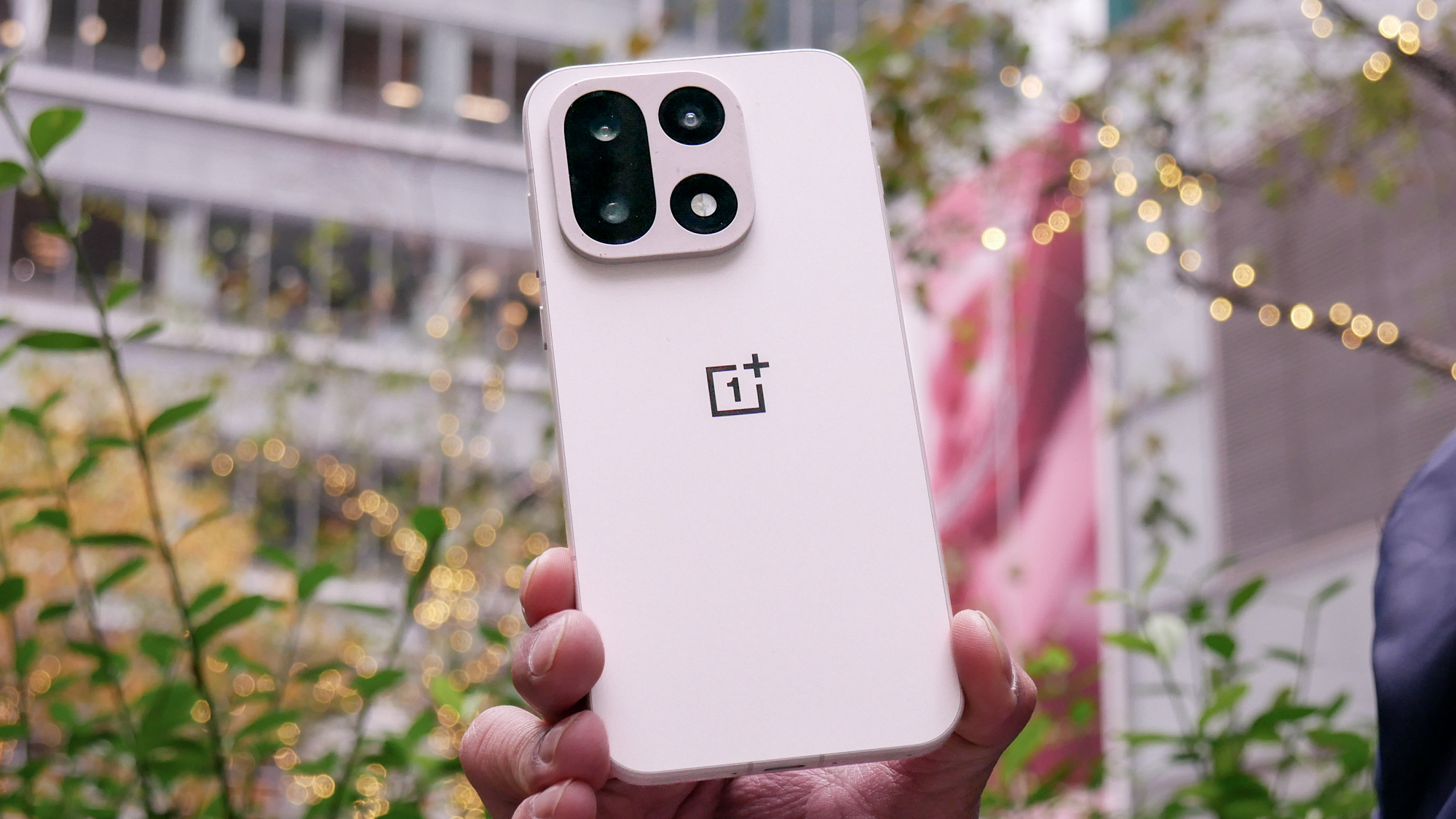

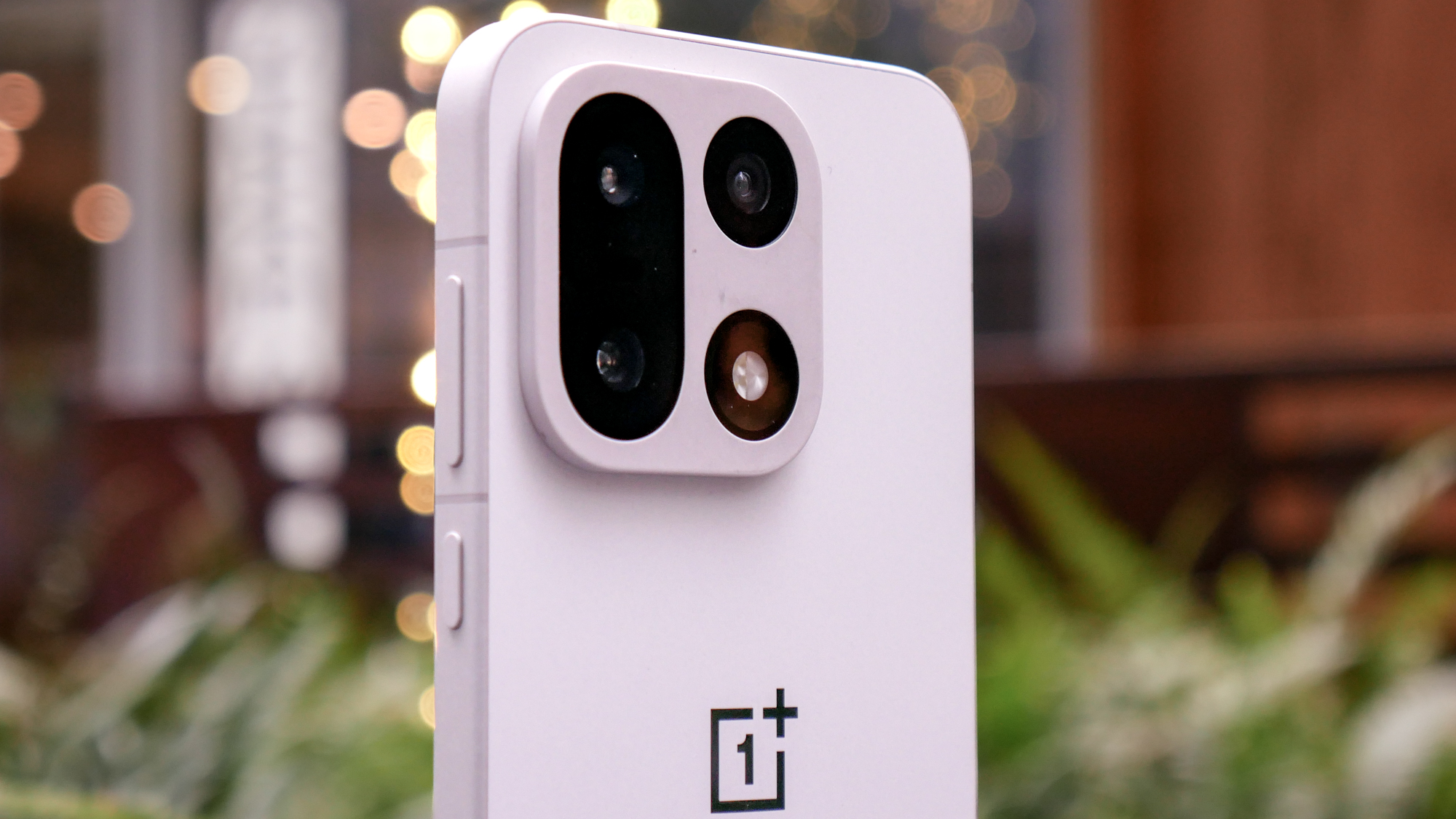
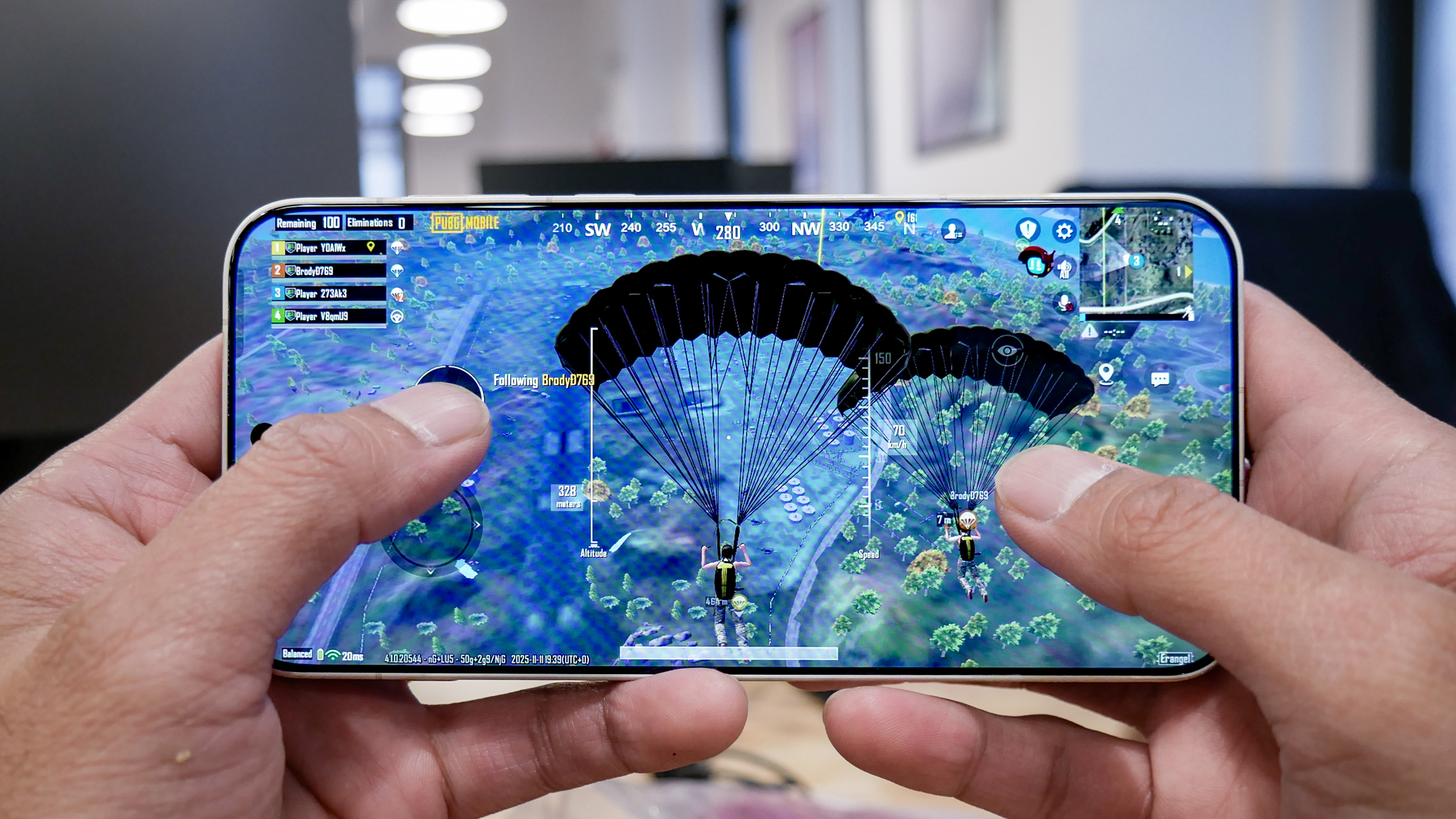
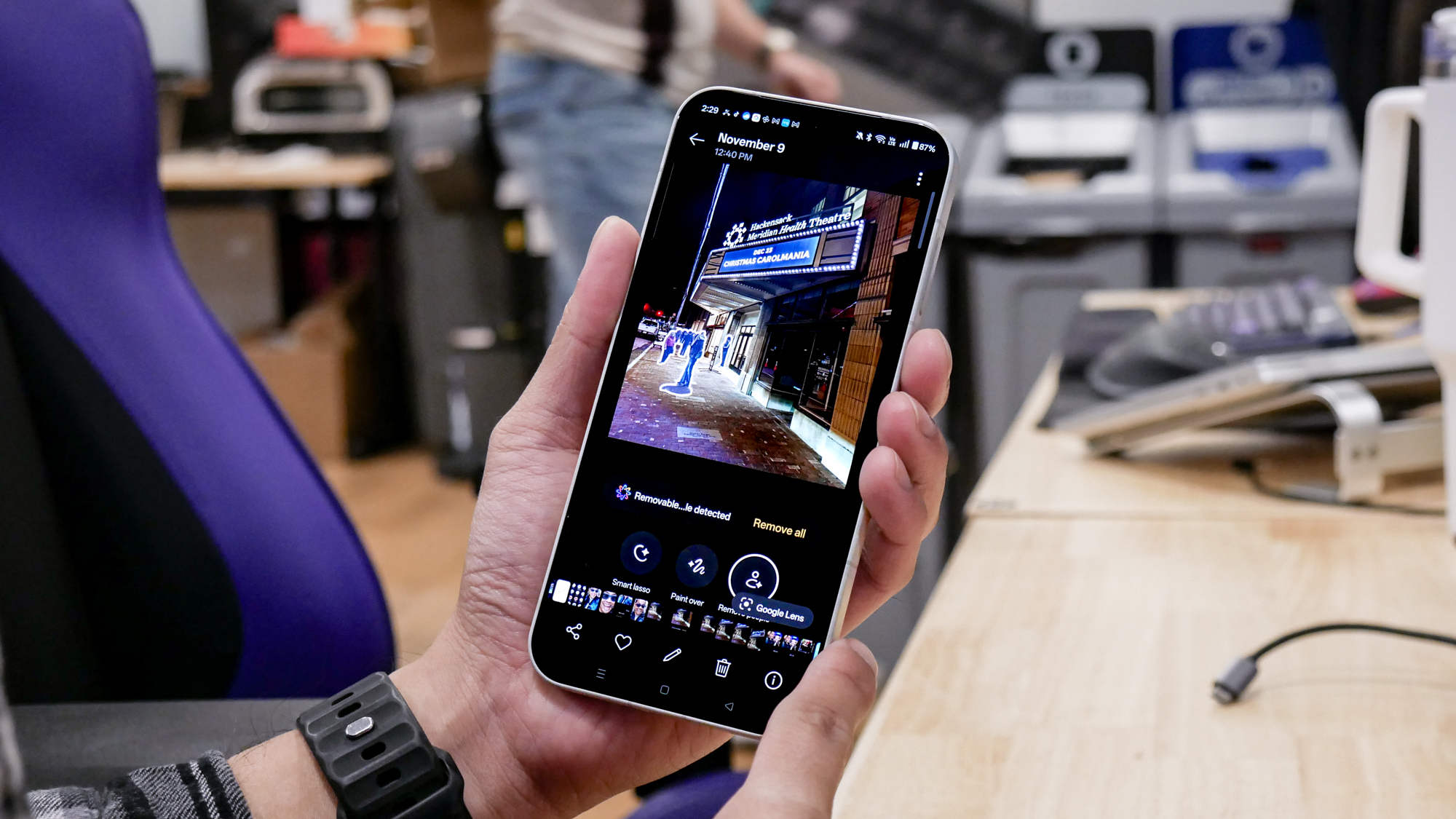
Specifications
Reasons to buy
Reasons to avoid
OnePlus' flagship phone for 2026 has dazzled us by doing something no other phone has managed yet — lasting over a day on our battery life test. And the phone just gets better from there.
We've never been disappointed by a OnePlus phone, but the OnePlus 15 has changed a lot for the better, even from its last generation. Its display now supports up to a 165Hz refresh rate for smooth gaming and scrolling, and its new Snapdragon 8 Elite Gen 5 chipset makes sure the 15 has the power to match. We like the phone's new, squarer look and its AI feature package too.
Our only complaints would be that the selfie camera isn't the best we've tested, even if the OnePlus 15's other cameras are on par with the market's best thanks to OnePlus' new DetailMax processing. If the display was brighter also, then this would be a near-perfect phone. But given the excellent qualities it already has, plus the very reasonable asking price, it's hard to justify overlooking the OnePlus 15 if you're after a top Android phone.
Read our full OnePlus 15 review.
Best Android AI phone
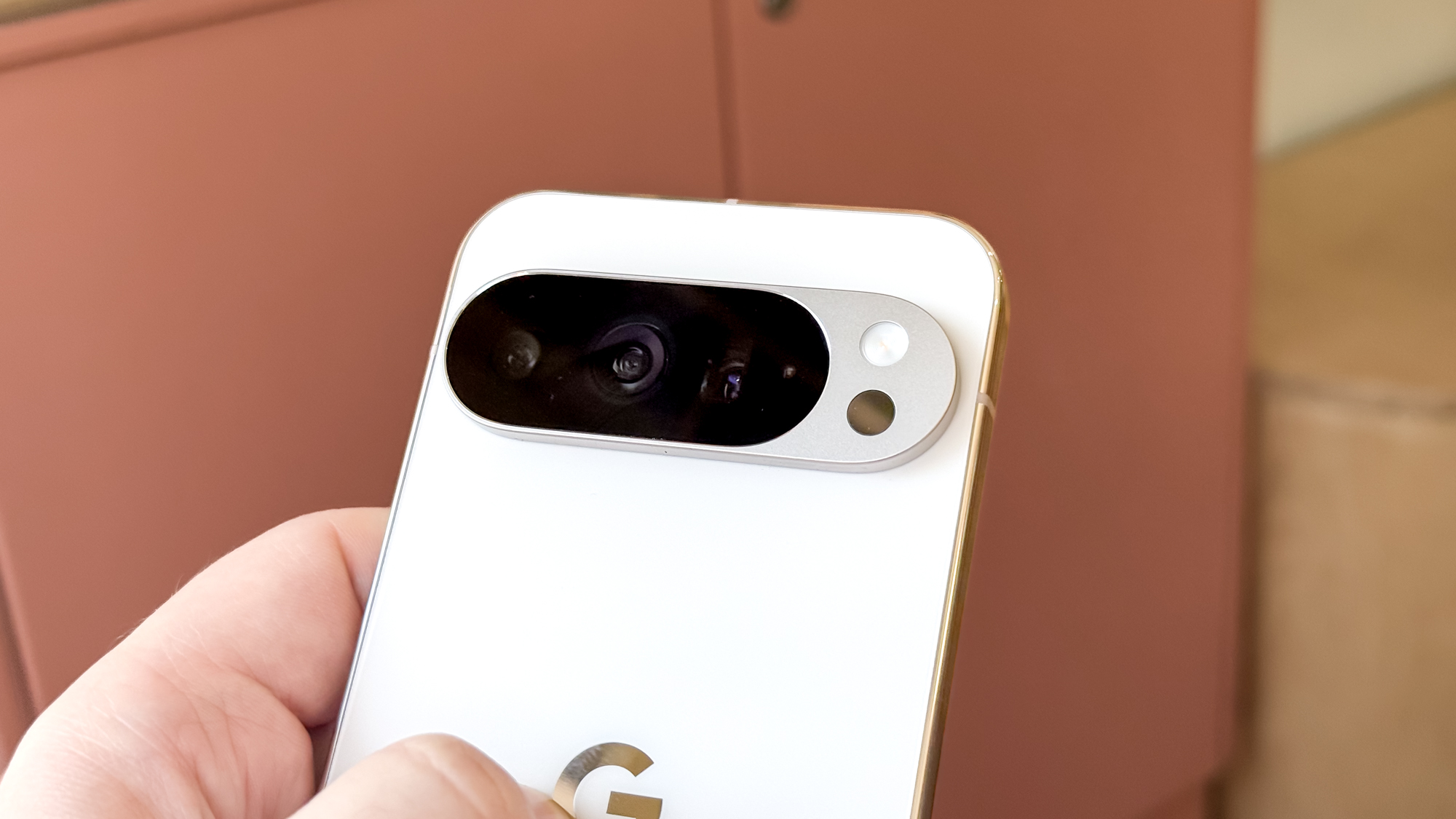
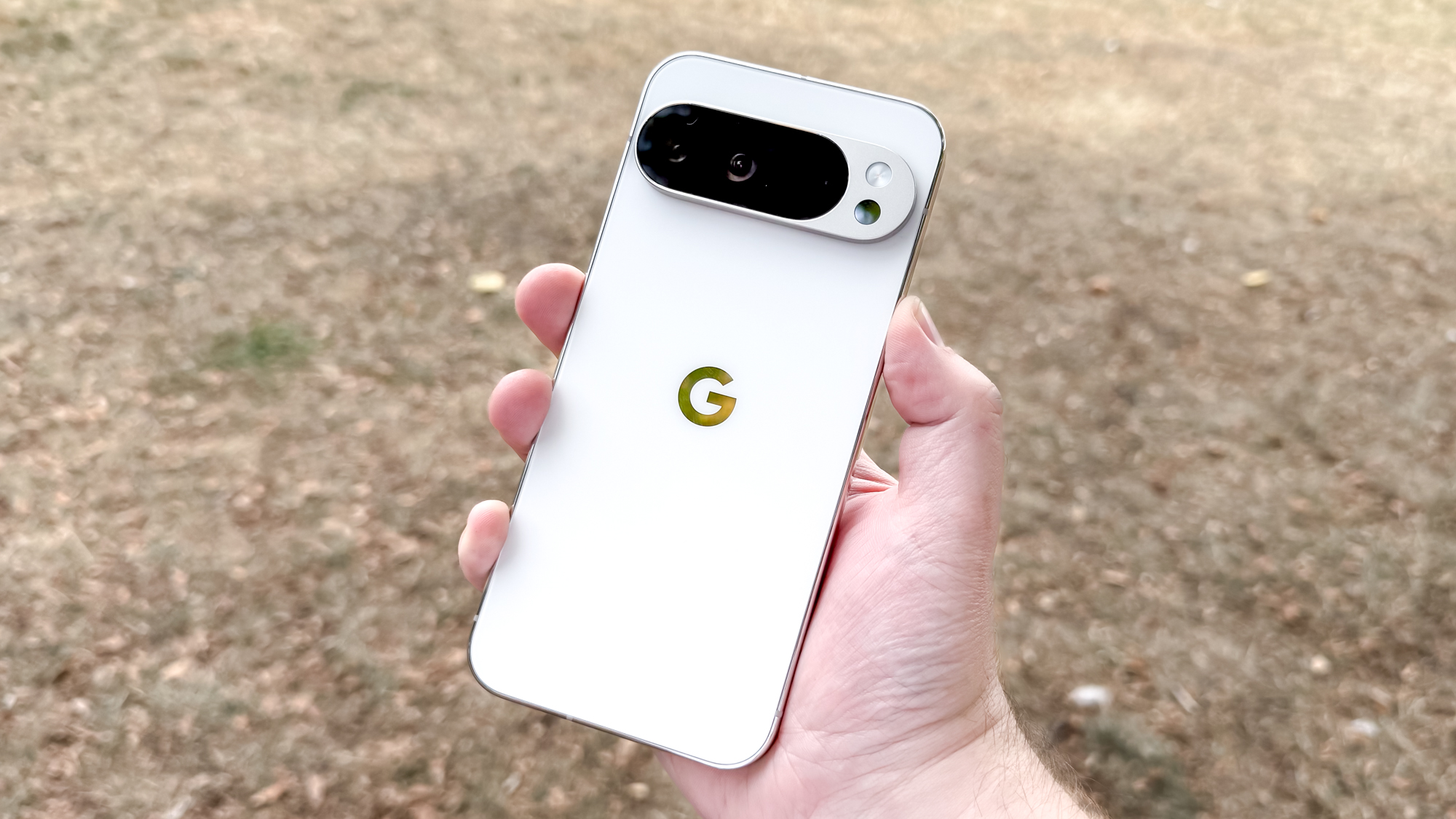
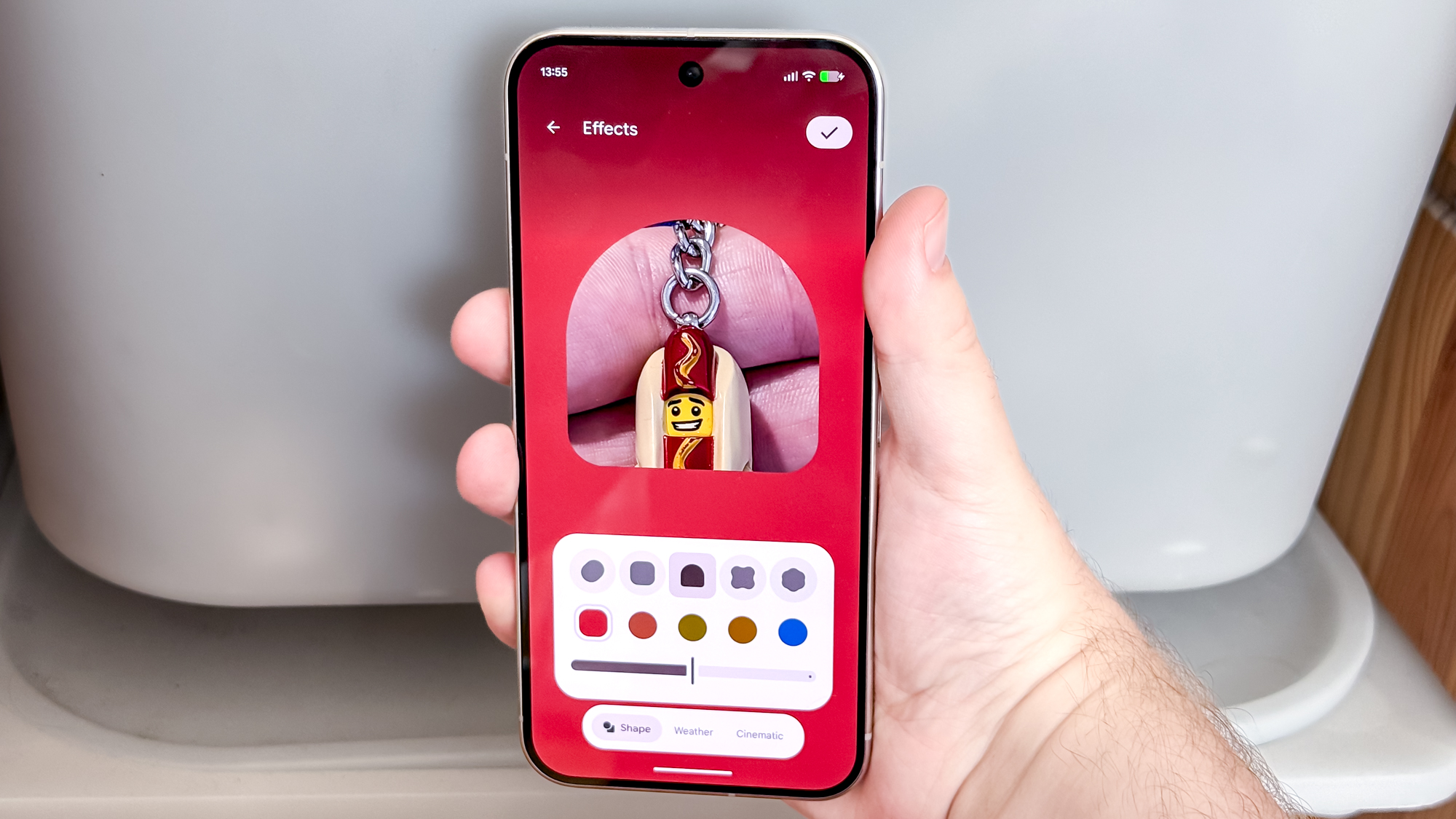


Specifications
Reasons to buy
Reasons to avoid
As impressive as the new Galaxy AI features on the Galaxy S25 series are, Google continues to offer a dizzying amount of AI features on its flagship phones. And because Google's efforts are a bit more refined, that makes the Pixel 10 Pro XL the AI phone to beat. In fact, Google's AI took the overall prize in our AI phone face-off, dominating most of our head-to-head tests with other phones.
Adding to the efforts from previous generations, Google has now included a new localized assistant "Magic Cue" that's designed to help surface relevant information when you need it — like delivery details, 2FA codes, calendar appointments and so on. While it takes some time to get going, this could prove to be a very beneficial tool to have on your phone.
On top of that we also have the new 100x Super Pro Res Zoom and "Ask Photos" which lets you tell Google photos what edits you want made. Not to mention smaller features like Pixel Journal and Camera Coach, which can add some extra usefulness to your device.
If that's not enough to convince you, the phone receives big upgrades to its display and charing. In fact, it sets a record for the brightest screen we've tested at an astonishing peak brightness output of 2,55 nits with its 6.8-inch Super Actua display. As for charging we now have 45W wired charging and speedy 25W Qi2.2 wireless charging speeds — and yes, the Qi2 does include the MagSafe-style magnets.
You're going to pay a bit more for the Pixel 10 Pro XL since Google has scrapped the cheaper 128GB storage option in favor of a 256GB starting point. But while you'll have to pay an extra $100 compared to last year, you do get double the storage space.
Read our full Google Pixel 10 Pro XL review.
Best budget Android phone

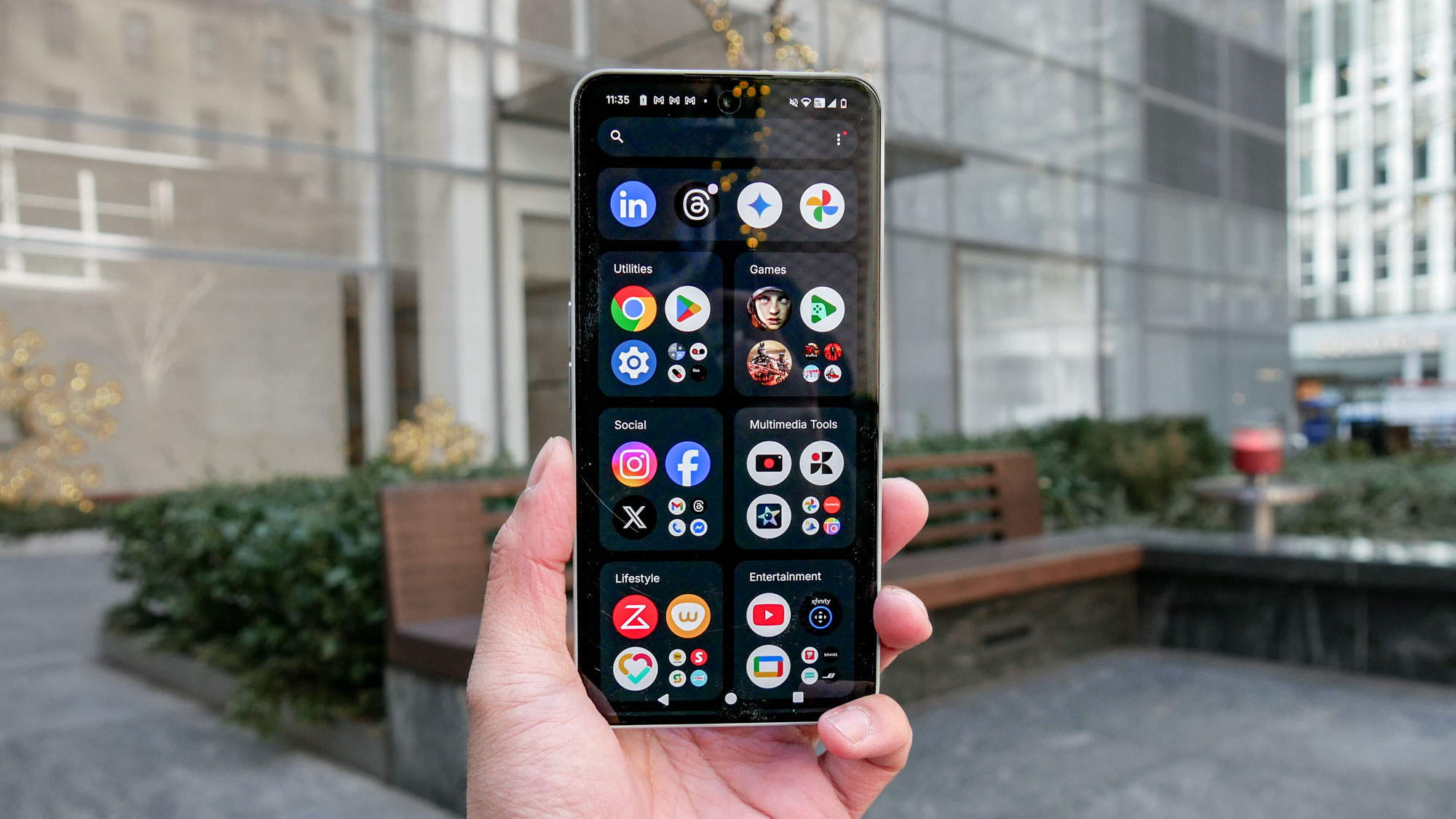
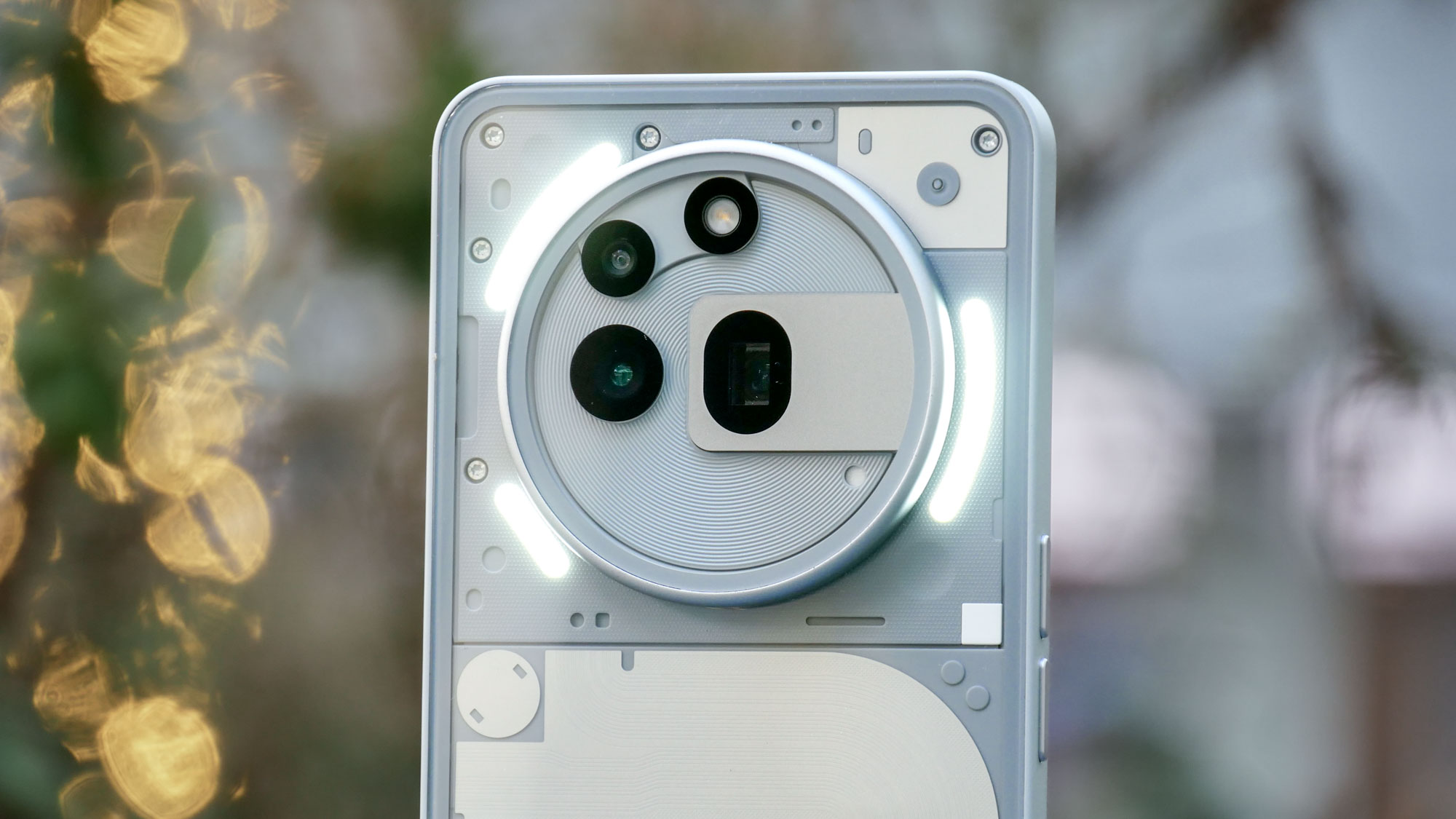

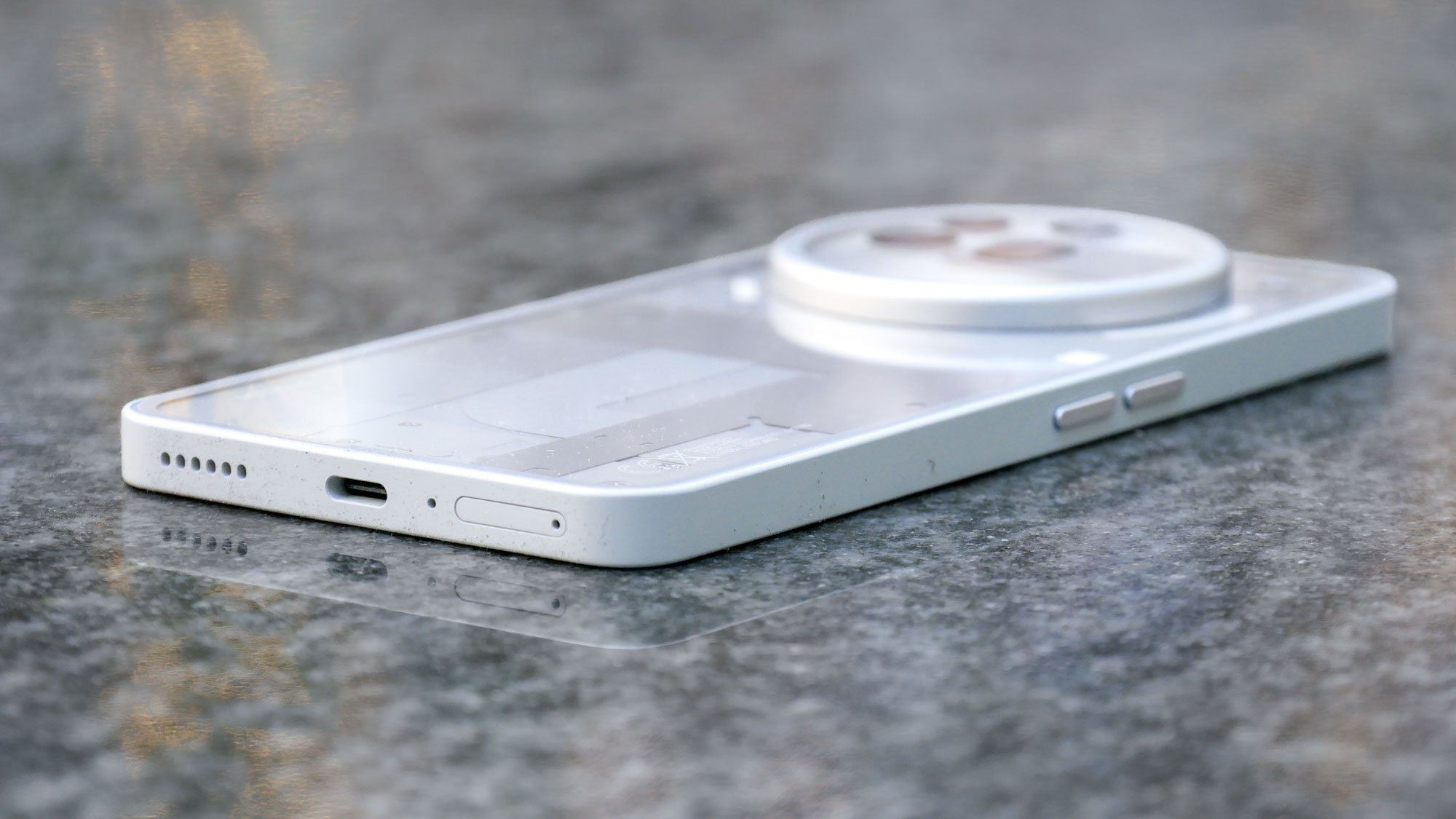
Specifications
Reasons to buy
Reasons to avoid
Look for a phone that costs less than $500, and you usually won't have to search to hard to find the compromises a device maker made to keep the costs down. That's not the case with the Nothing Phone 3a Pro, though, as the latest midrange model from the phone-making startup packs in a staggering amount of premium features, not the least of which is a periscope-style telephoto lens.
Dedicated telephoto cameras are practically unheard of for camera phones in this price range, let alone a lens that can deliver a 3x optical zoom. Even better the images my colleague John Velasco captured when testing the Nothing Phone 3a Pro look sharp and detailed, as the new phone improves its all around camera performance over last year's model. The Nothing Phone 3a Pro especially stood out when John took low-light photos.
The other usual selling points for Nothing phones are on display here — the distinctive look of the phone with its light-up glyphs that serve to alert you to incoming messages are back, and the Nothing Phone 3a lasts a very long time on a charge. Specifically, the Nothing Phone 3a Pro lasted 14.5 hours on our battery test, beating the average smartphone's result by more than 4 hours.
The switch to a Snapdragon 7s Gen 3 chipset didn't produce much in the way of performance improvements, which is probably the biggest disappointment with the Nothing Phone 3a Pro. A new Essential Space feature for storing screenshots and voice memos while using AI to summarize them and turn them into to-dos also feels like a work in progress. But those are just blips in an otherwise stellar package that delivers far more than a $459 phone should. And if you want to save even more, you can turn to the $379 Nothing Phone 3a, which scales back on the telephoto lens though it still continues to offer one. (Note that those prices are from phones sold directly via Nothing. At present, Nothing Phone 3a Pro prices are marked up at Amazon.)
Ultimately, the Pixel 9a offers the more complete package with the way its cameras perform and the polished AI experience Google delivers. But if you want a telephoto lens on a phone that doesn't cost big bucks, the Nothing Phone 3a Pro is the way to go. And that design is pretty eye-catching, too.
Read our full Nothing Phone 3a Pro review
Best affordable Pixel flagship
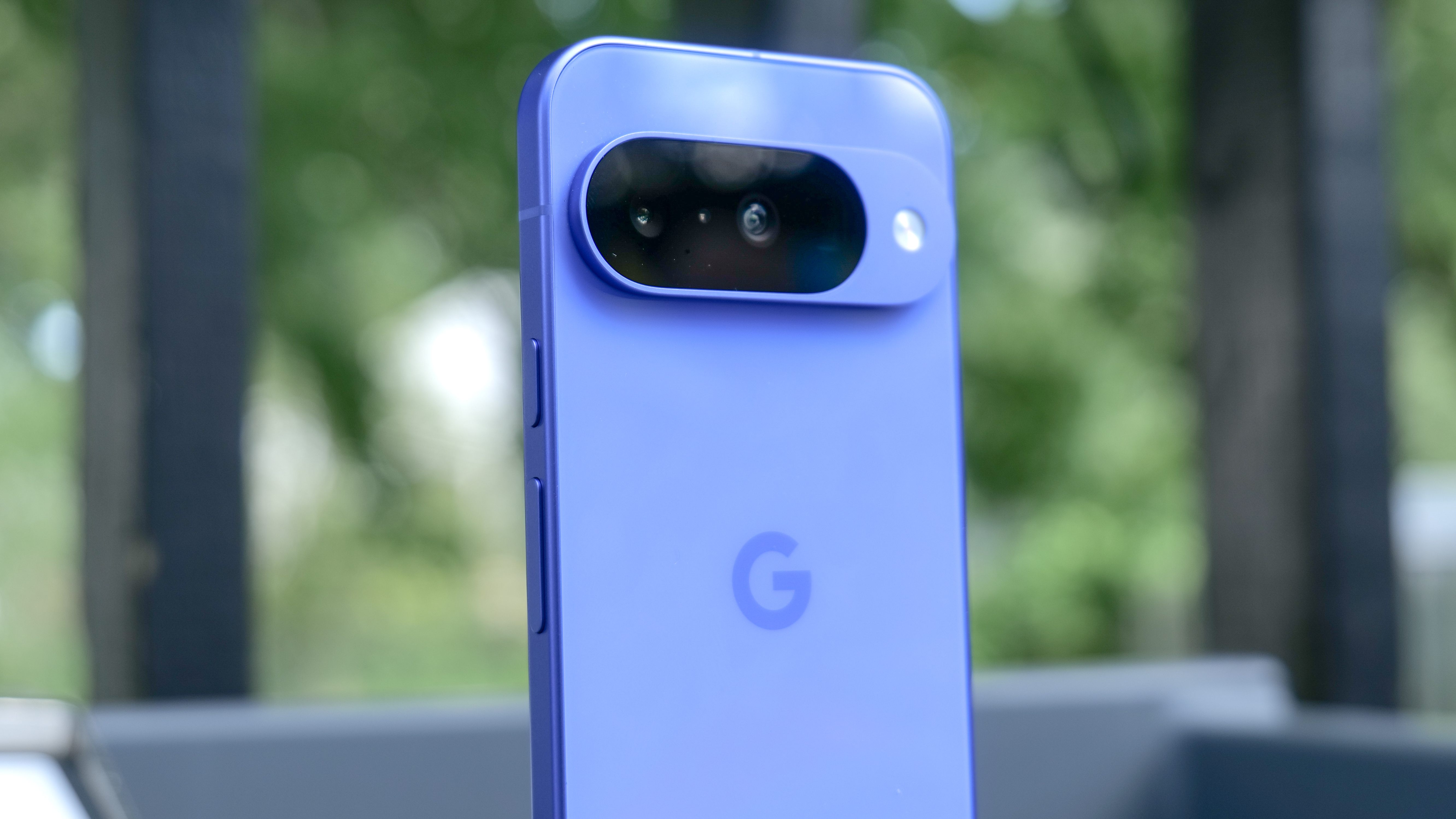
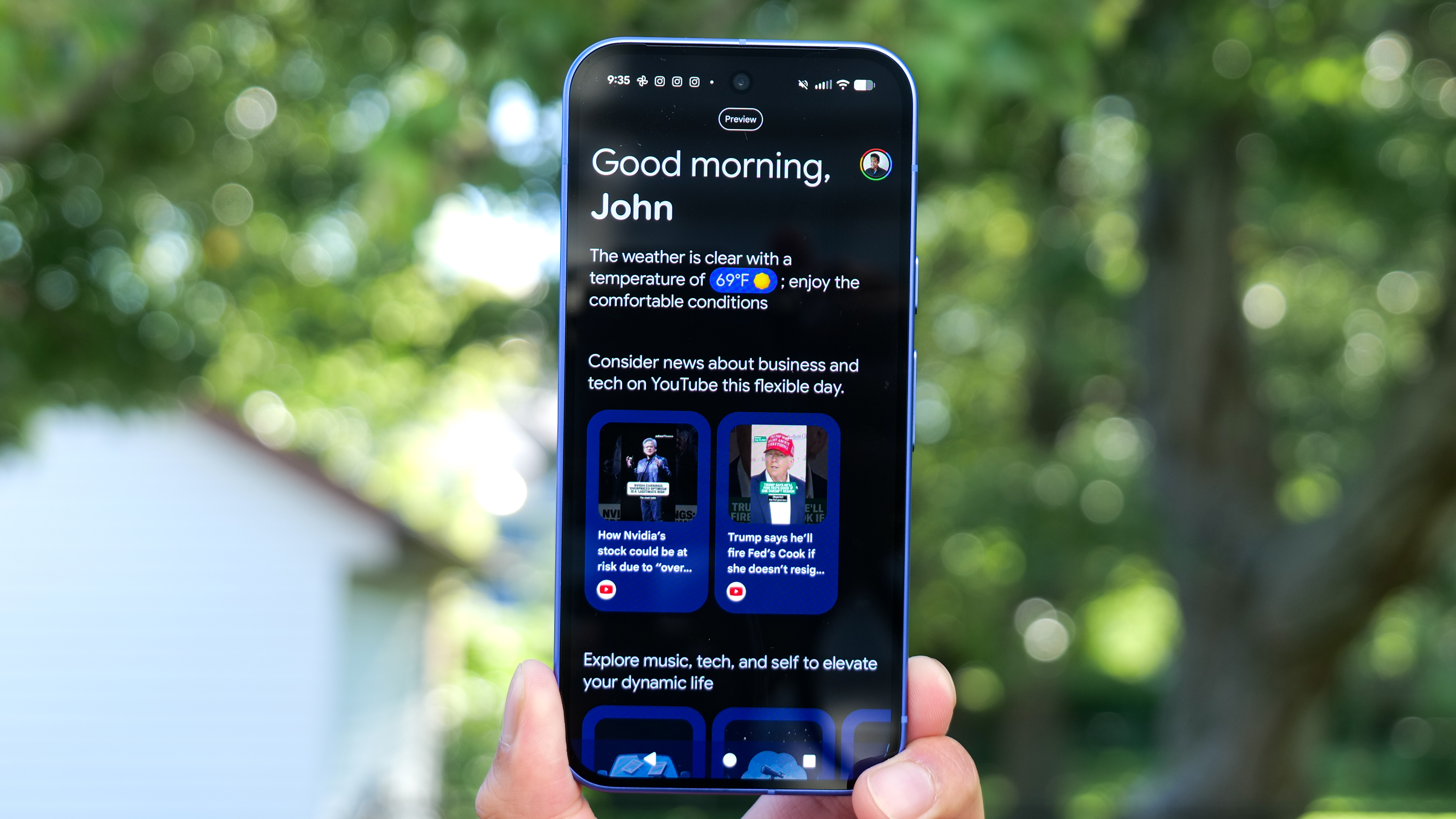
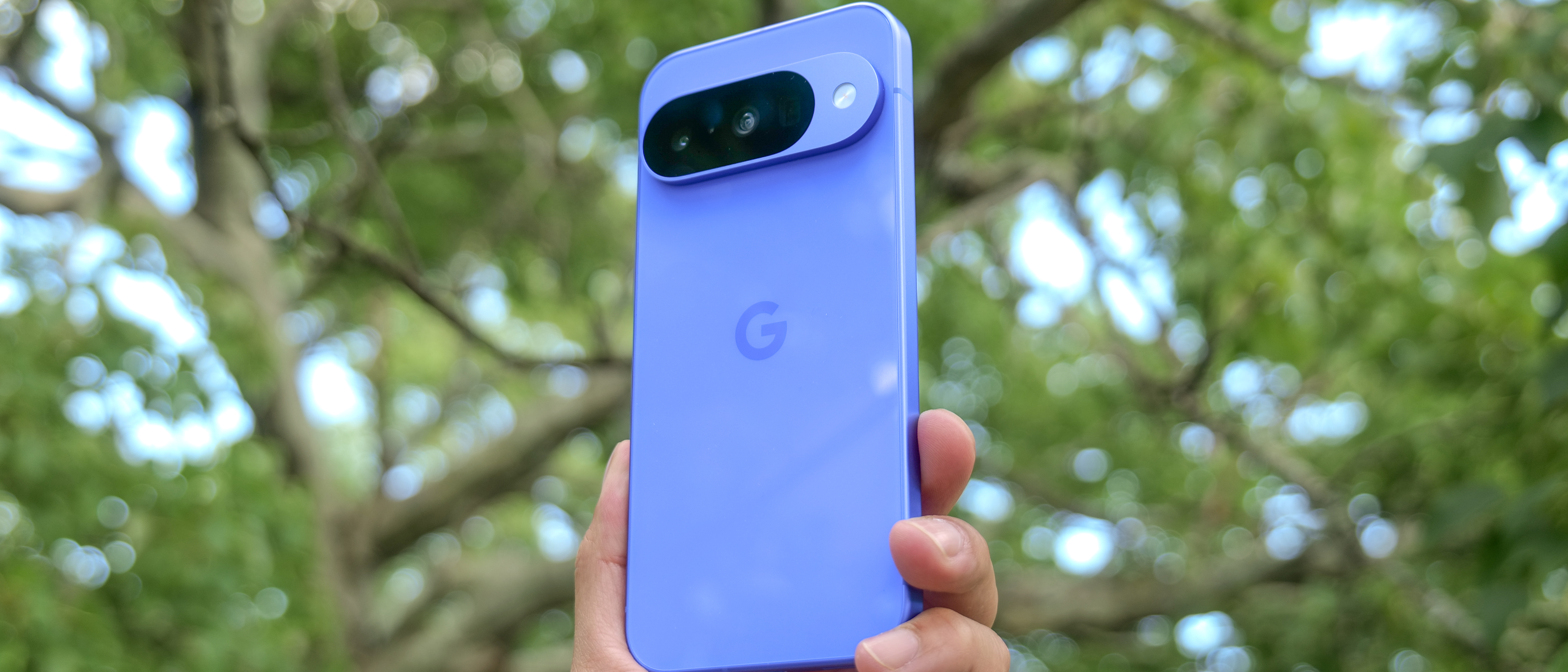
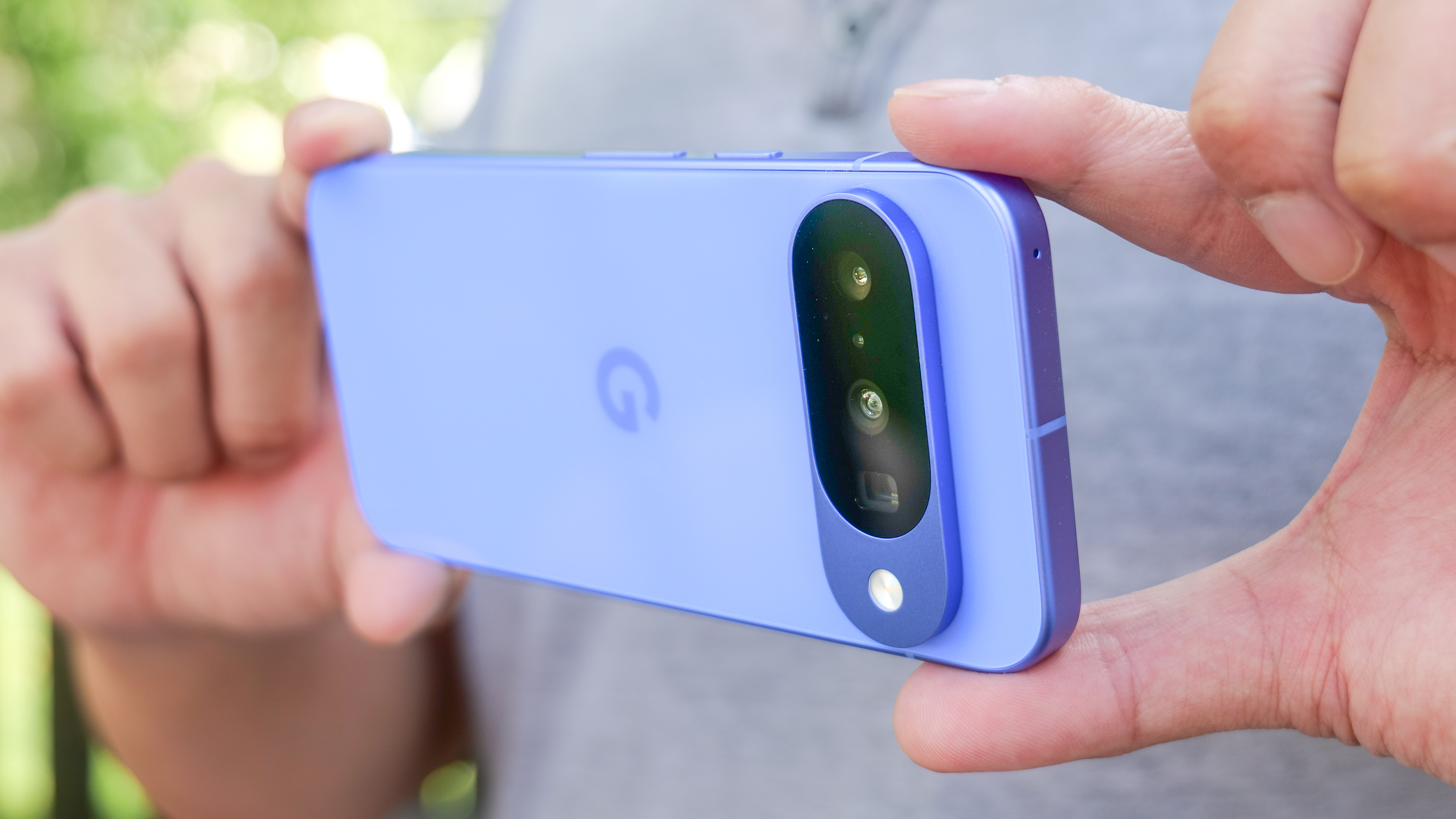
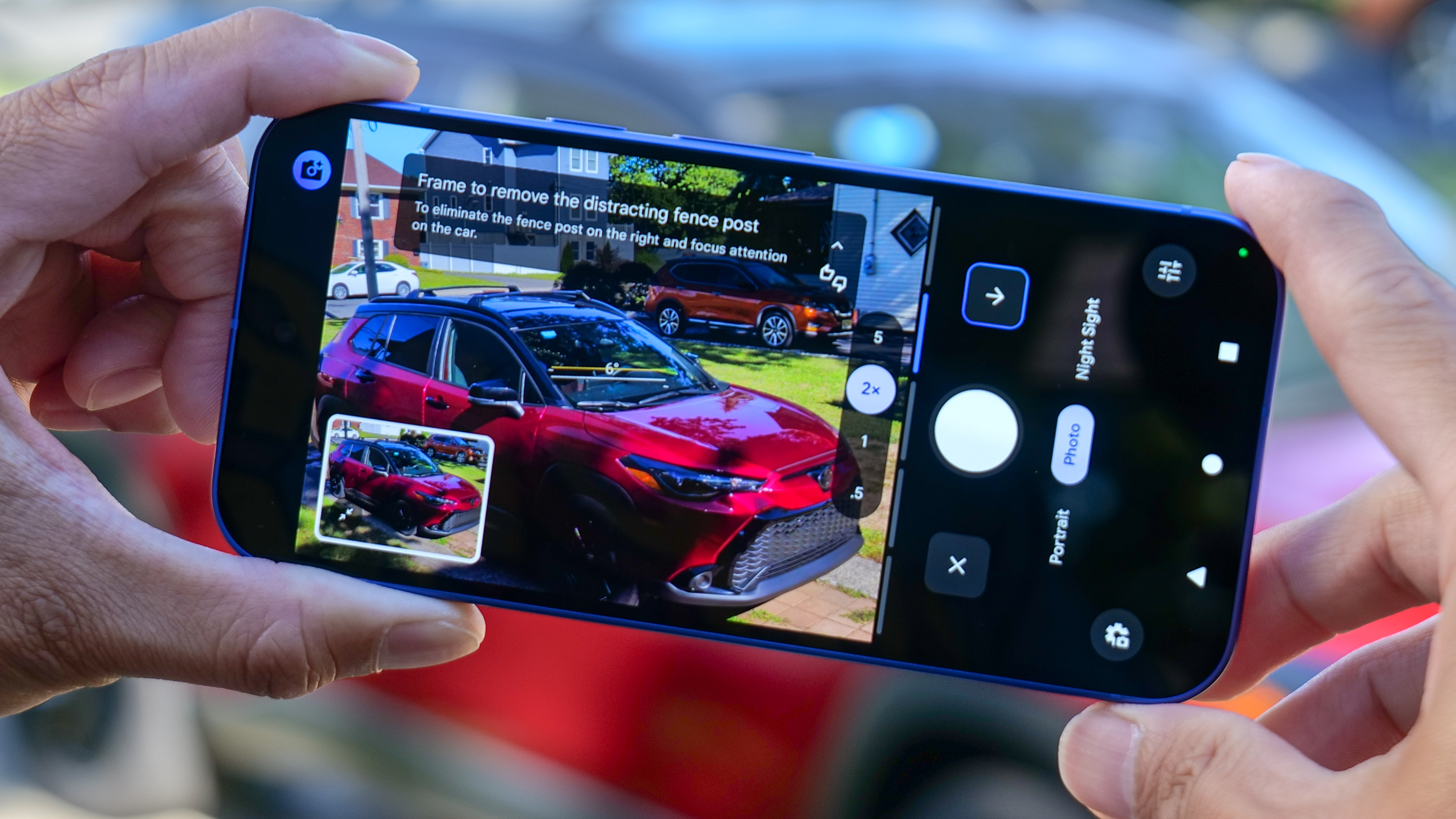
Specifications
Reasons to buy
Reasons to avoid
The Google Pixel 10 easily offers some of the best upgrades of the entire Pixel 10 line-up. Not just improving upon last year's model, but adding features we thought we'd only ever see on a Pro-tier model.
The big change is the fact that the phone now comes with a 10.8MP telephoto lens, complete with 5x optical zoom. While this isn't the best resolution, and has caused the ultrawide camera to drop to 13MP, it's still a fantastic extra that most entry-level flagships prefer to ignore.
On top of that the phone comes with a range of new AI features. There's the new Pixel Journal, and improvements to features like Best Take and Add me for optimal group photos. But we also get to enjoy features like Ask Photos, for speedier AI photo edits and the Magic Cue assistant that aims to get you important improtmation when you need it most.
The new 3nm Tensor G5 chipset also offers a small performance boost, though don't expect this to be able to pull off Apple or Samsung levels of computing. Still, it seems to have had an impact on the battery life considering the phone lasted 13 hours and 13 minutes, compared to the 12 hours and 30 minutes on the Pixel 9. Which is a nice little improvement.
And since it's a flagship Pixel model, it get the same outstanding 7 years of major Android and security updates to bring even more features to the experience.
Best Samsung flagship for most people
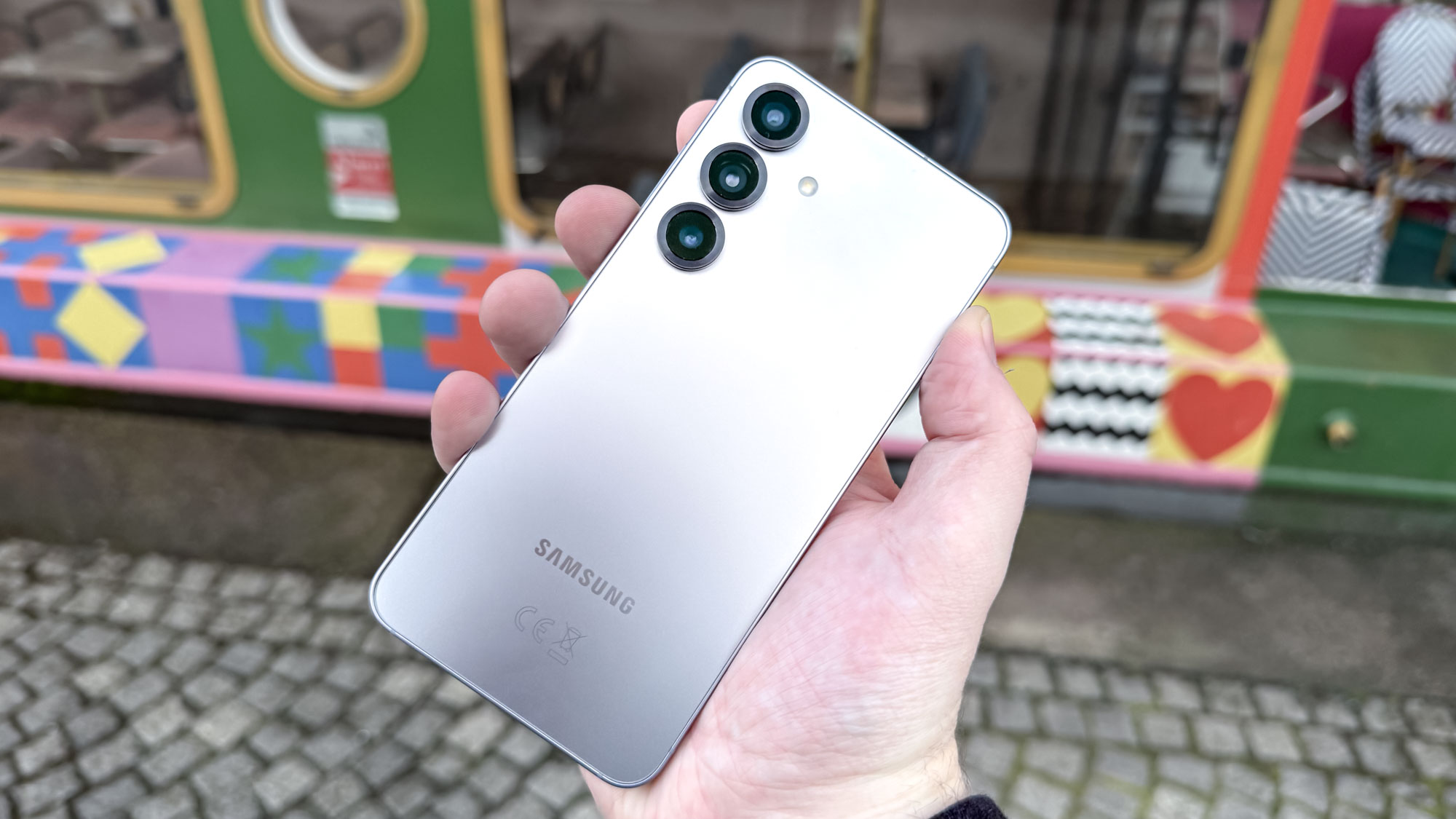
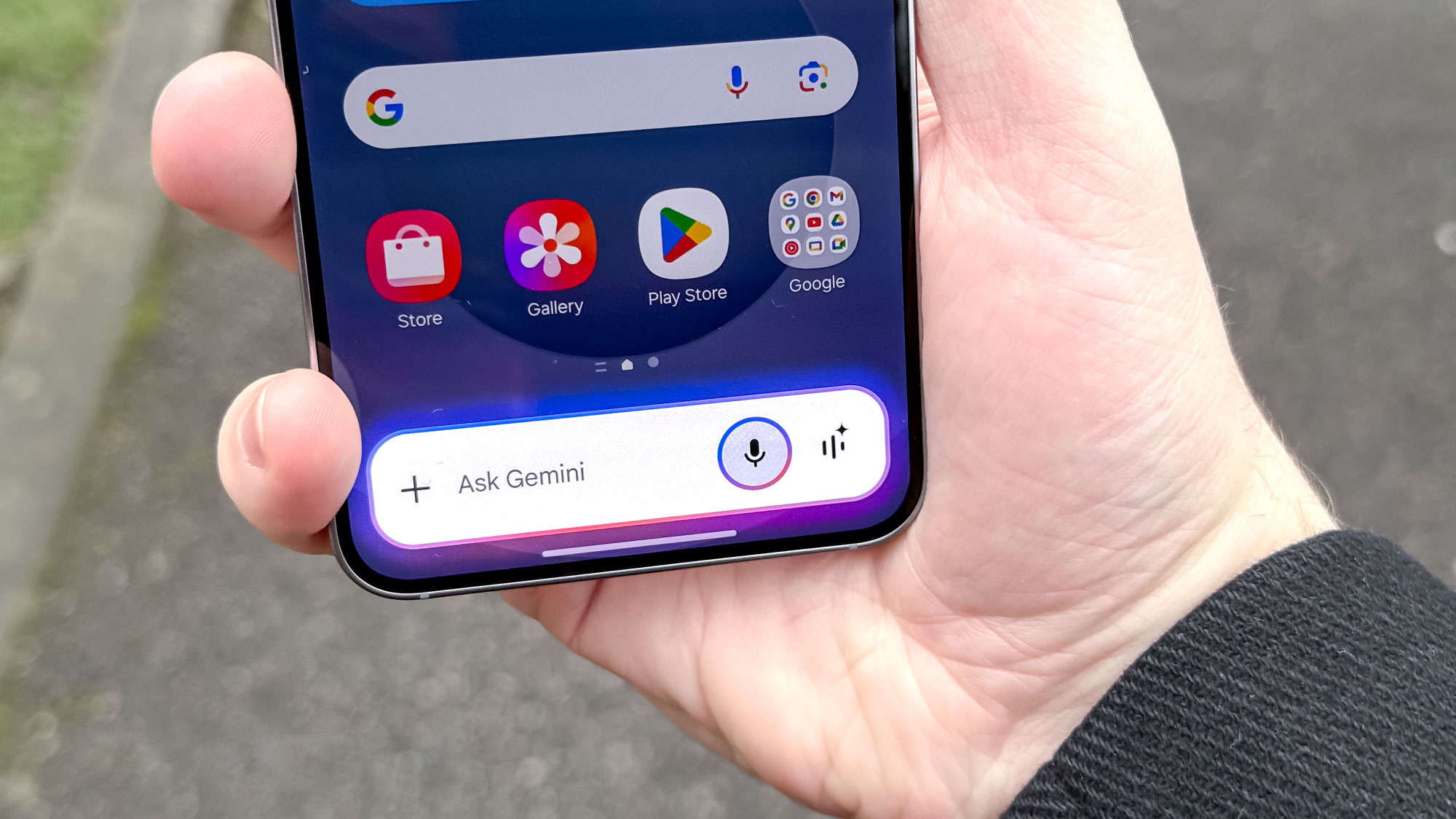

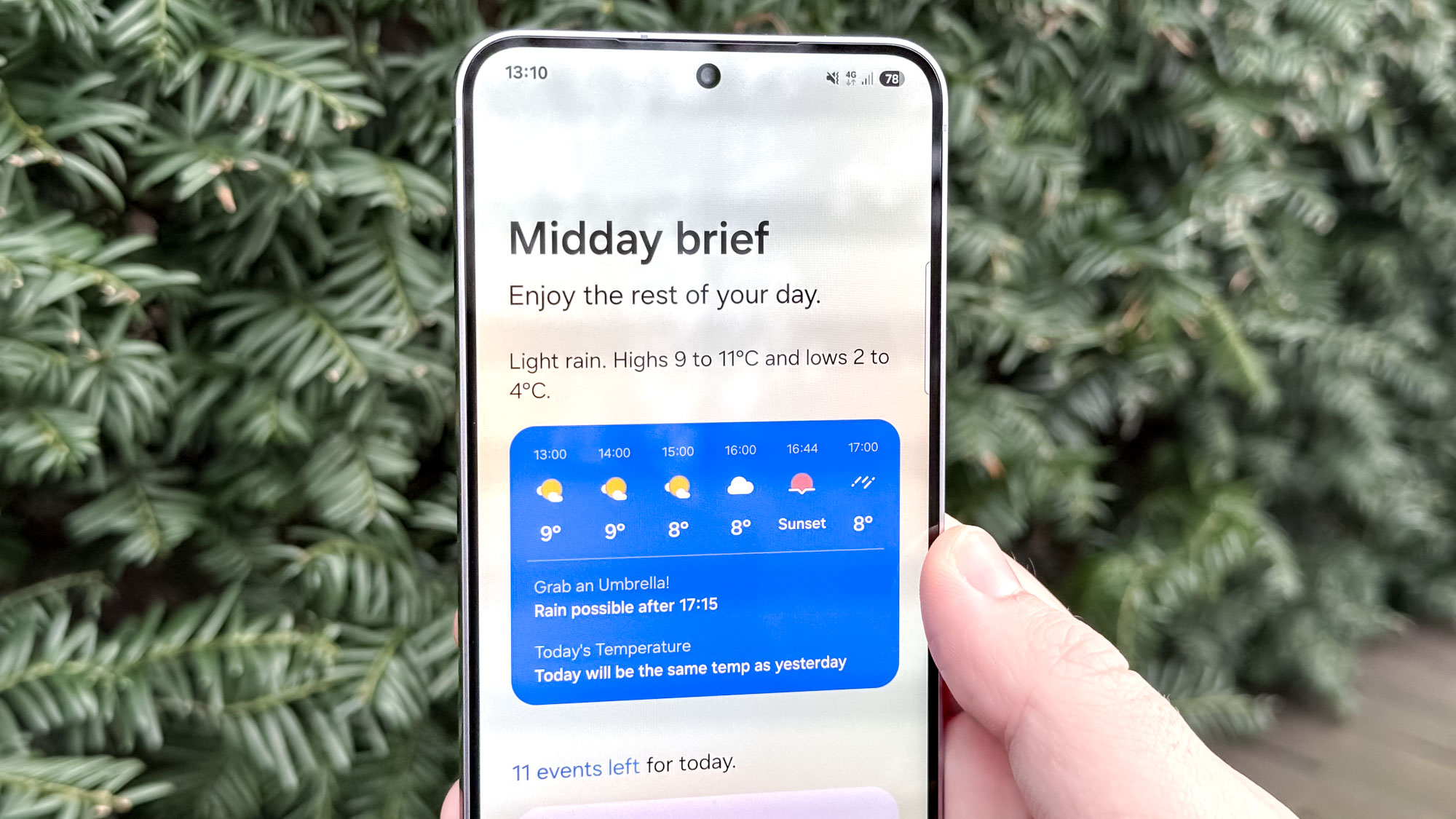
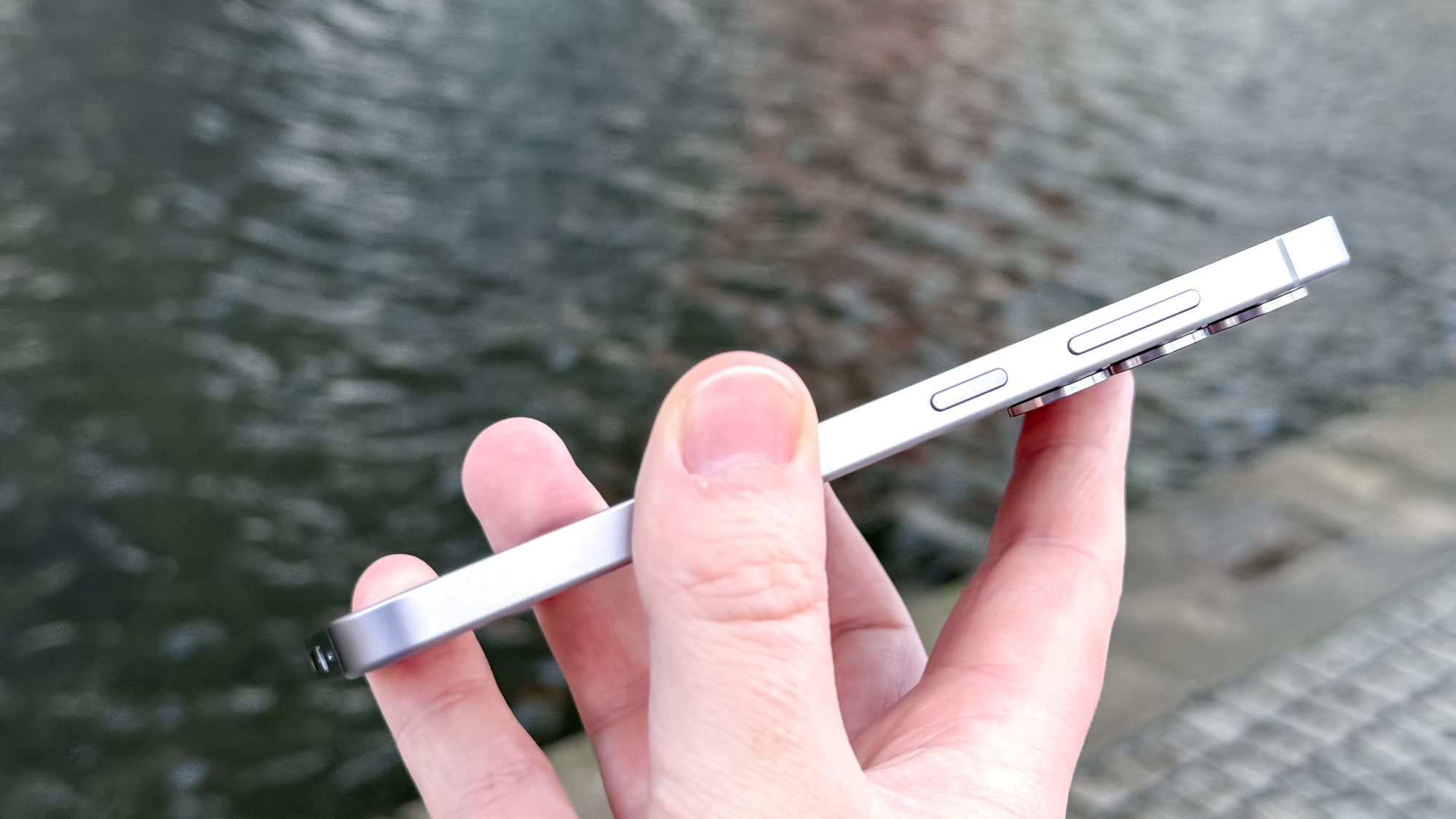
Specifications
Reasons to buy
Reasons to avoid
The Galaxy S25 isn't Samsung's fanciest flagship — that would be the Galaxy S25 Ultra that leads these best Android phone rankings. Yet, by virtue of its lower price, more people are likely to purchase the $799 Galaxy S25 over the $1,299 Ultra. And I think when they do, they'll be quite pleased with the purchase — and not just because of that extra $500 they get to hold on to.
To be fair, not everyone's going to want to upgrade to the Galaxy S25. The phone's specs are too similar to the Galaxy S24 and even the Galaxy S23 to deliver noticeable performance upgrades, even with a much faster Snapdragon 8 Elite chip optimized for this particular model. The biggest gain from the Snapdragon silicon comes withe the Galaxy S25's battery life. While this year's phone has the same size battery as the S24, it lasted around 2 hours longer on our battery test — a testament to the power management features of the Snapdragon 8 Elite.
People upgrading from older Samsung flagships will be more likely to appreciate those gangs. But what you'll really like is the value — the same Galaxy AI features on the S25 Ultra are all accounted for on this much less expensive flagship. That includes advanced capabilities like cross-app actions that let you interact with multiple apps in one command and improvements to Circle to Search, my favorite addition to the Galaxy AI tools from last year.
The Galaxy S25 also takes better pictures in my estimation, even with the same hardware specs as the last two entry-level Samsung flagships. That's likely because Samsung tweaked the ProVisual Engine on this year's models, resulting in truer colors and better performance in low-light. The 3x zoom lens on the S25 trails the 5x capabilities found on other phones from Apple and Google, but then again, those phone makers don't have a device with a telephoto camera for less than $800 like Samsung does.
Between the Galaxy AI capabilities, camera features and longer battery life, that's a lot of value packed into the Galaxy S25 before we even talk about its brighter screen. If you don't mind a compact 6.2-inch phone, this Samsung model is easiest on your budget of the new Galaxy flagships.
Read our full Samsung Galaxy S25 review.
Best foldable Android phone
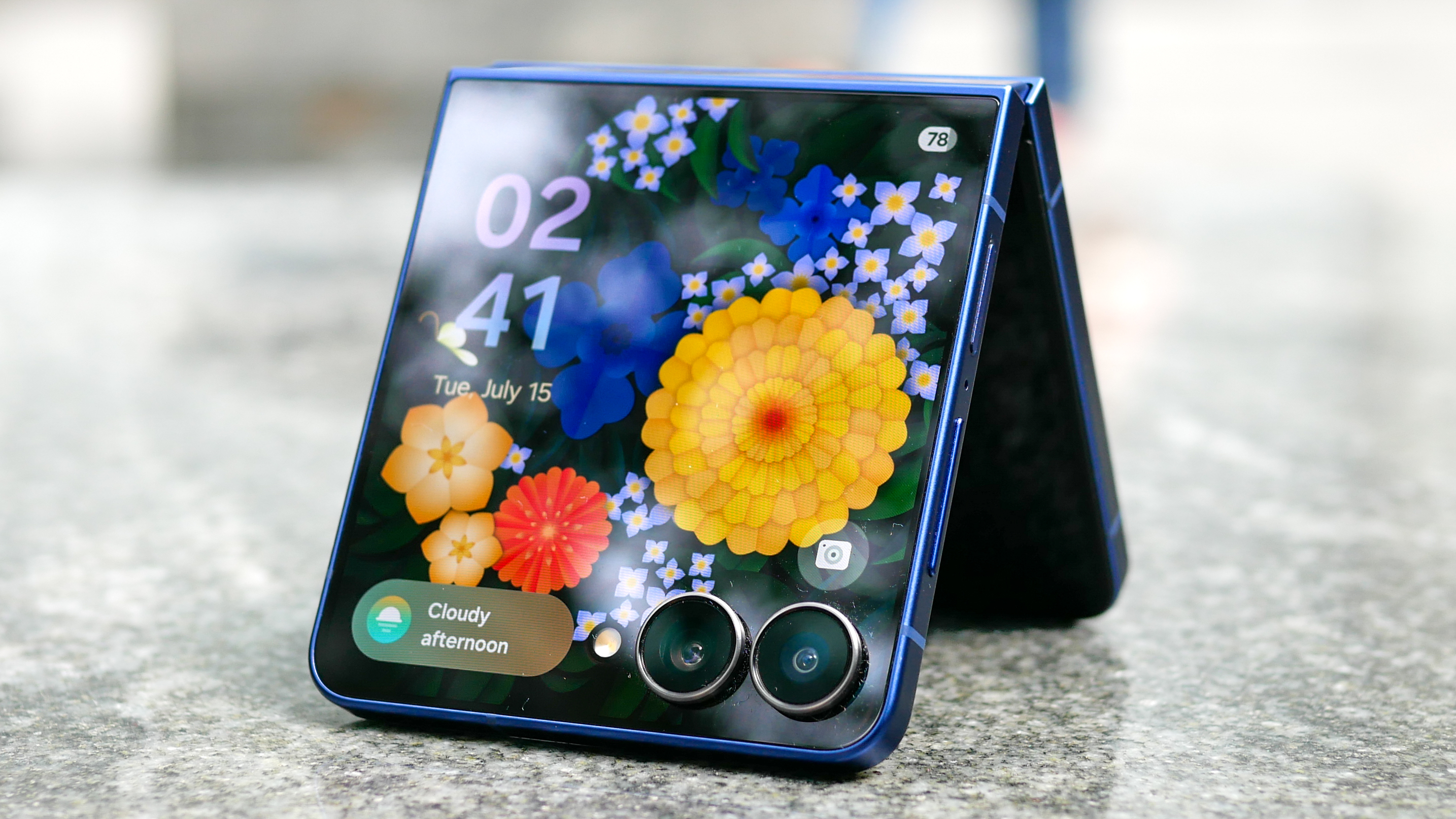
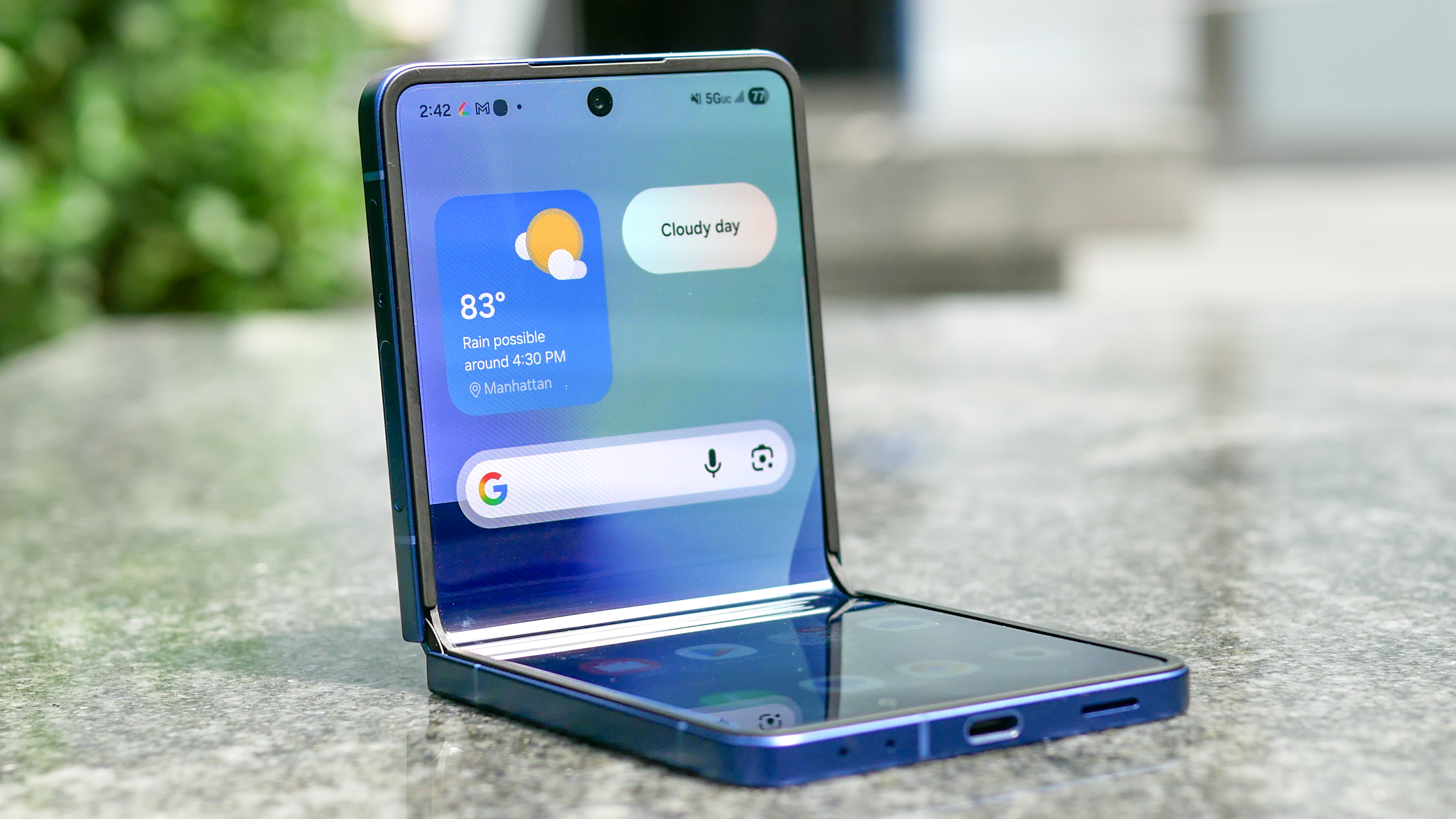

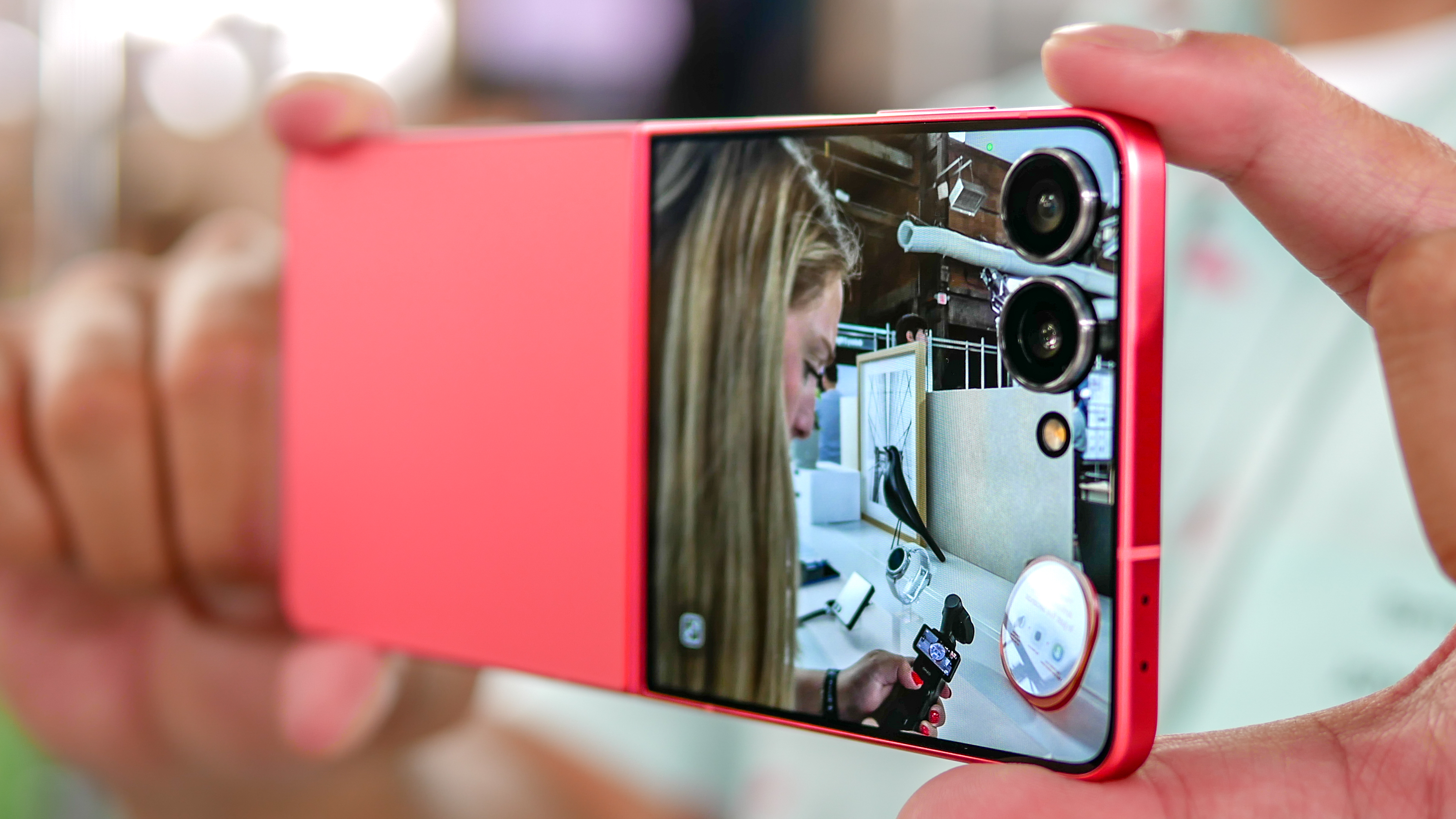
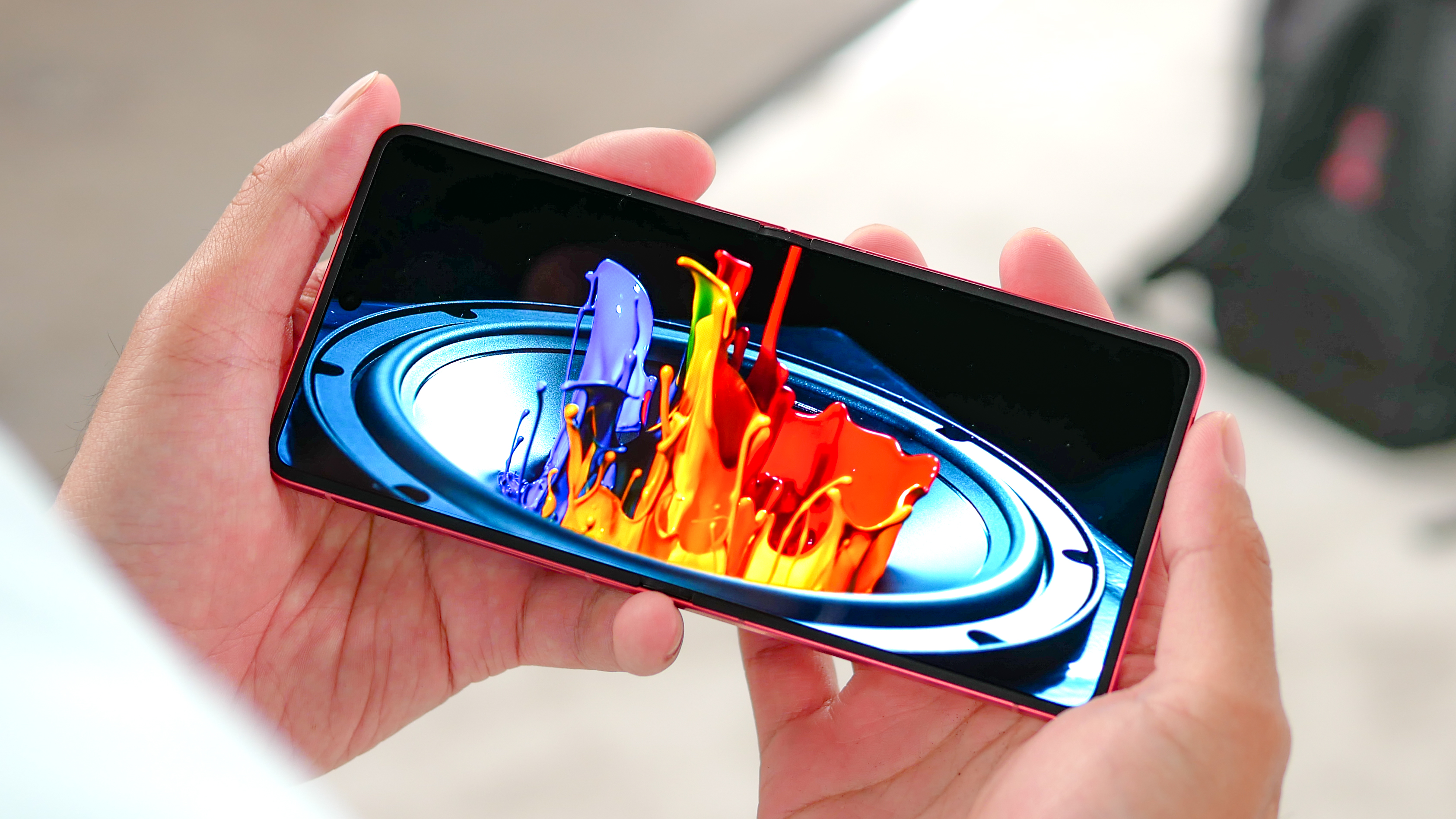
Specifications
Reasons to buy
Reasons to avoid
Samsung has responded to the stepped-up competition among foldable phone makers — particularly Motorola and its Motorola Razr Ultra (2025) — and responded with the best Galaxy Z Flip model ever. The changes introduced with the Galaxy Z Flip 7 push this phone back to the top of the head when it comes to foldable devices for Android lovers.
While the latest Flip benefits from larger screens inside and out, the design element that really captured John Velasco's imagination when he reviewed the phone was its thinner profile and more durable design. He also notes that the 6.9-inch main display still has a crease where the phone folds in two, but that it's less visible than ever, making for a better user experience.
Samsung's Galaxy AI helps out in that regard, too, with more features tweaked to perform better on a folding phone. You can access the Now Brief feature directly from the 4.1-cover screen, and John likes how he can share the Galaxy Z Flip 7's camera with Gemini Live so that the onboard AI can see exactly what he's seeing — a capability that puts the Flip well ahead of other flip phones.
The cameras didn't get any hardware changes from before, just an upgraded ProVisual Engine that did take better low-light photos in our testing. If you have a recent Flip, you may want to pass on this upgrade as the cameras on your model still perform pretty well.
Similarly, we found the Exynos 2500 chipset powering the Z Flip 7 can't match the Snapdragon 8 Elite's performance on benchmark tests. But at least the silicon's power efficiency and a larger battery than before helped the Galaxy Z Flip 7 extend its result on our battery test past 12 hours, a big improvement from before.
You can save money by turning to the cheaper Galaxy Z Flip 7 FE, but it lacks some of the more polished features of this model. The lighter, more compact design combined with more sophisticated features makes this the best flip phone out there.
Read our full Samsung Galaxy Z Flip 7 review.
Best Android phone design
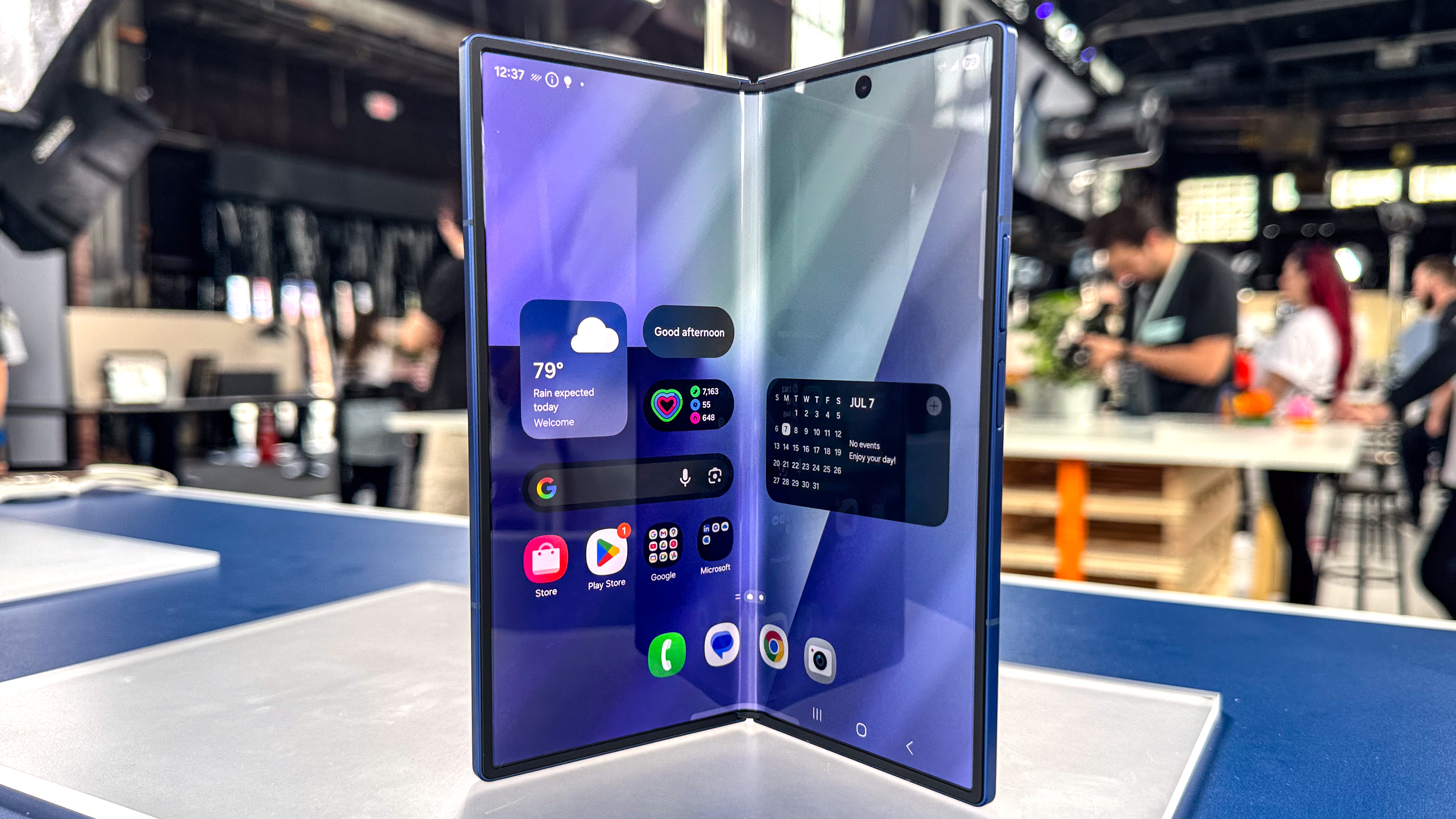
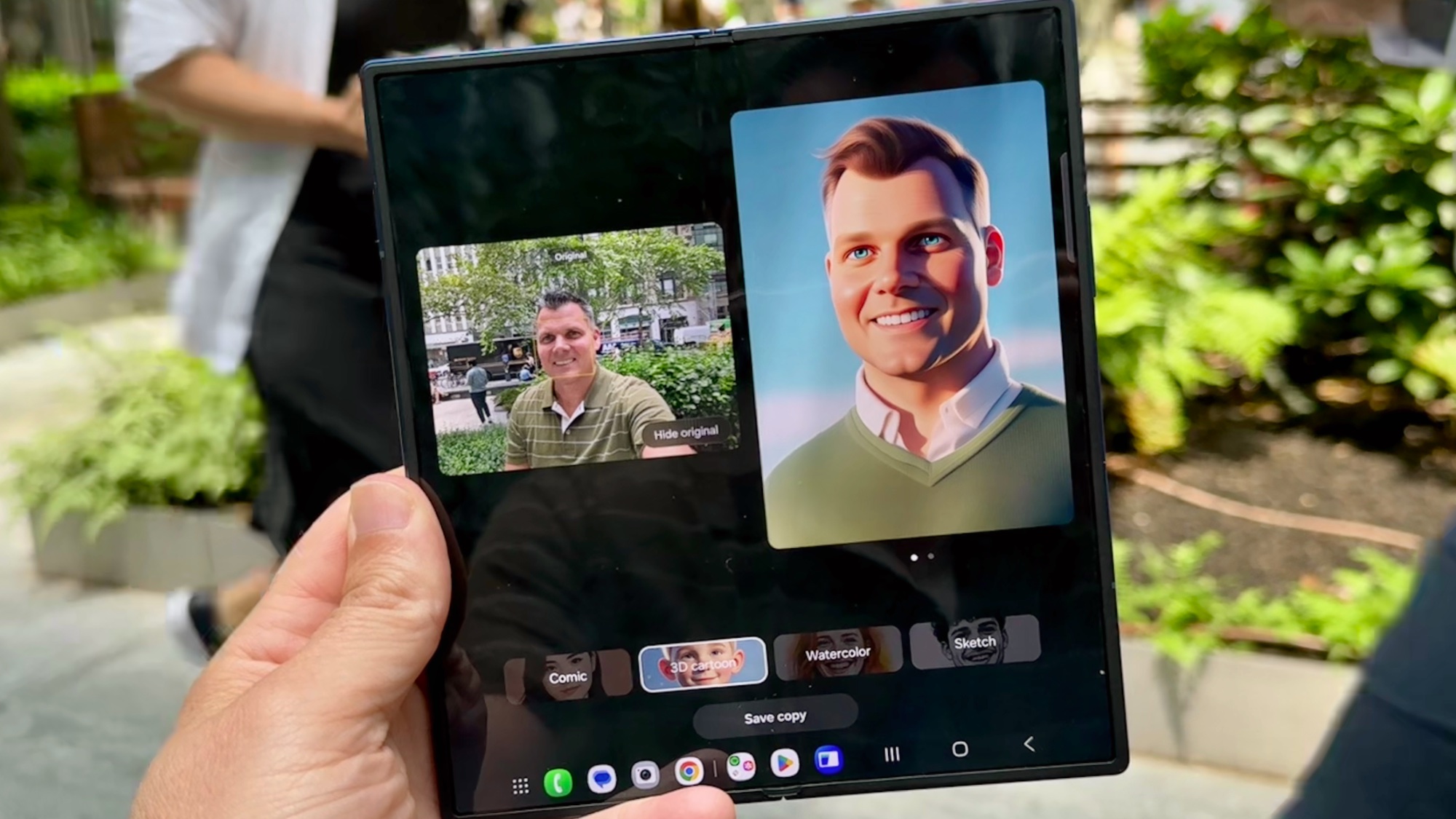
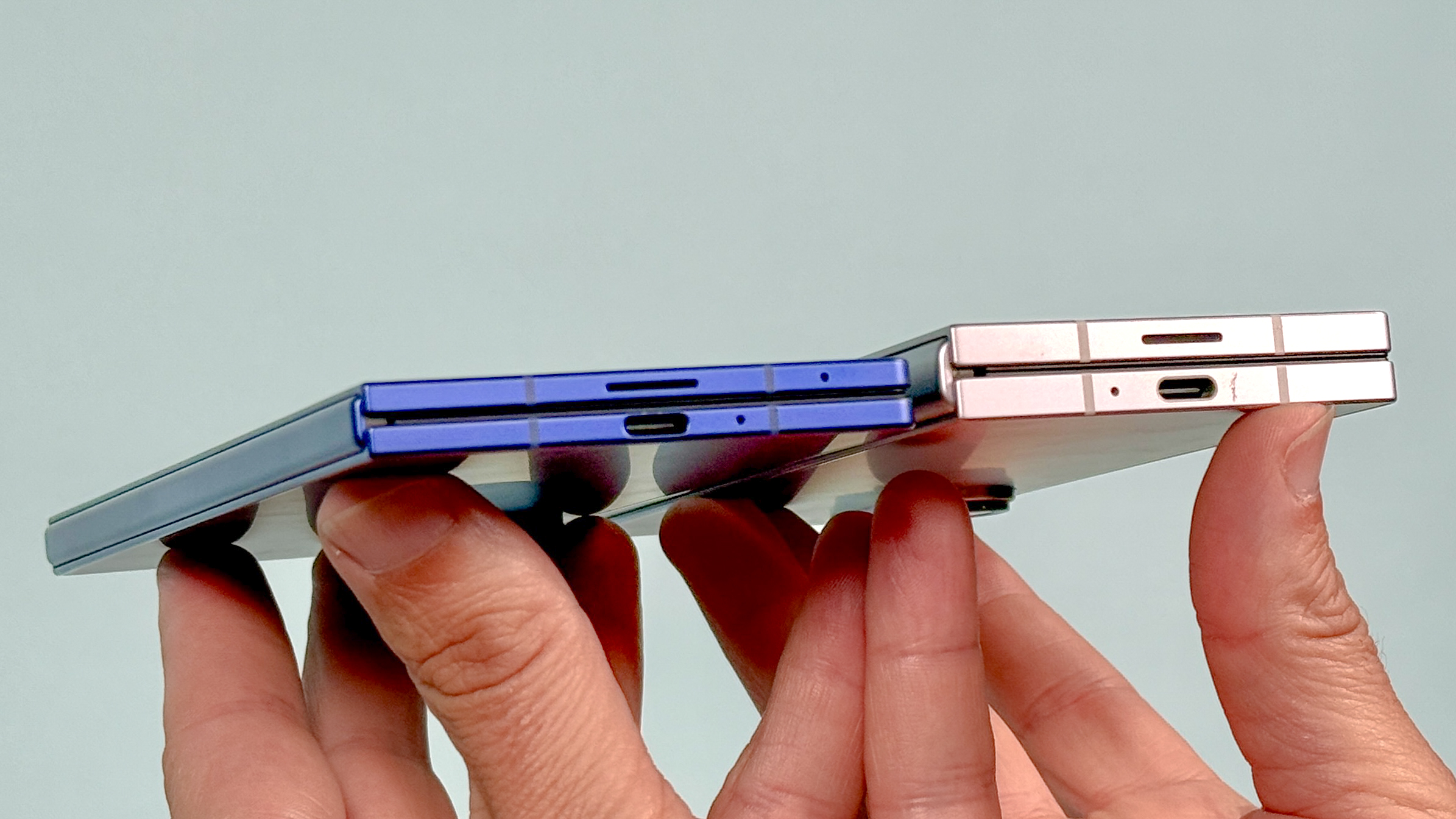
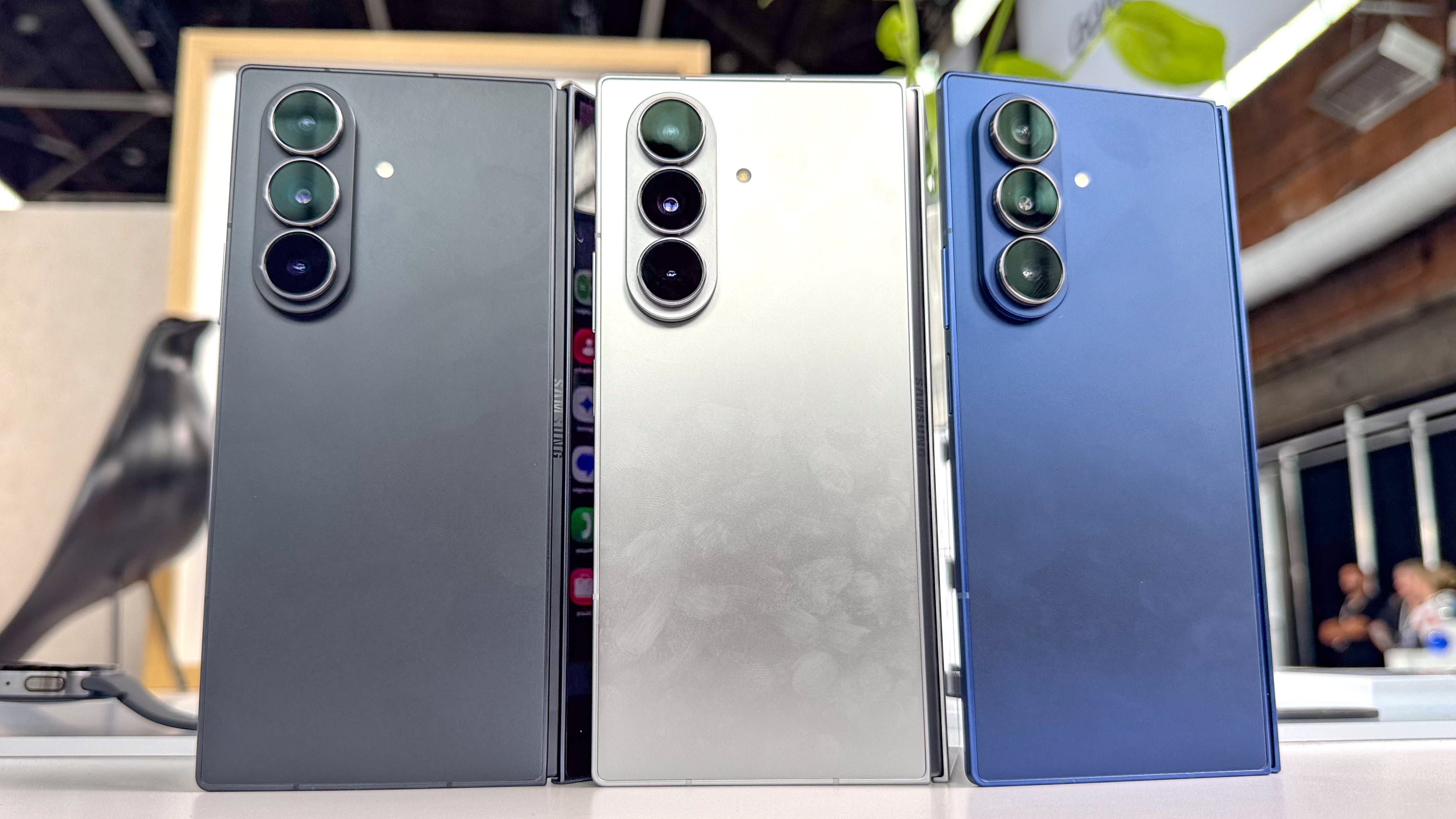
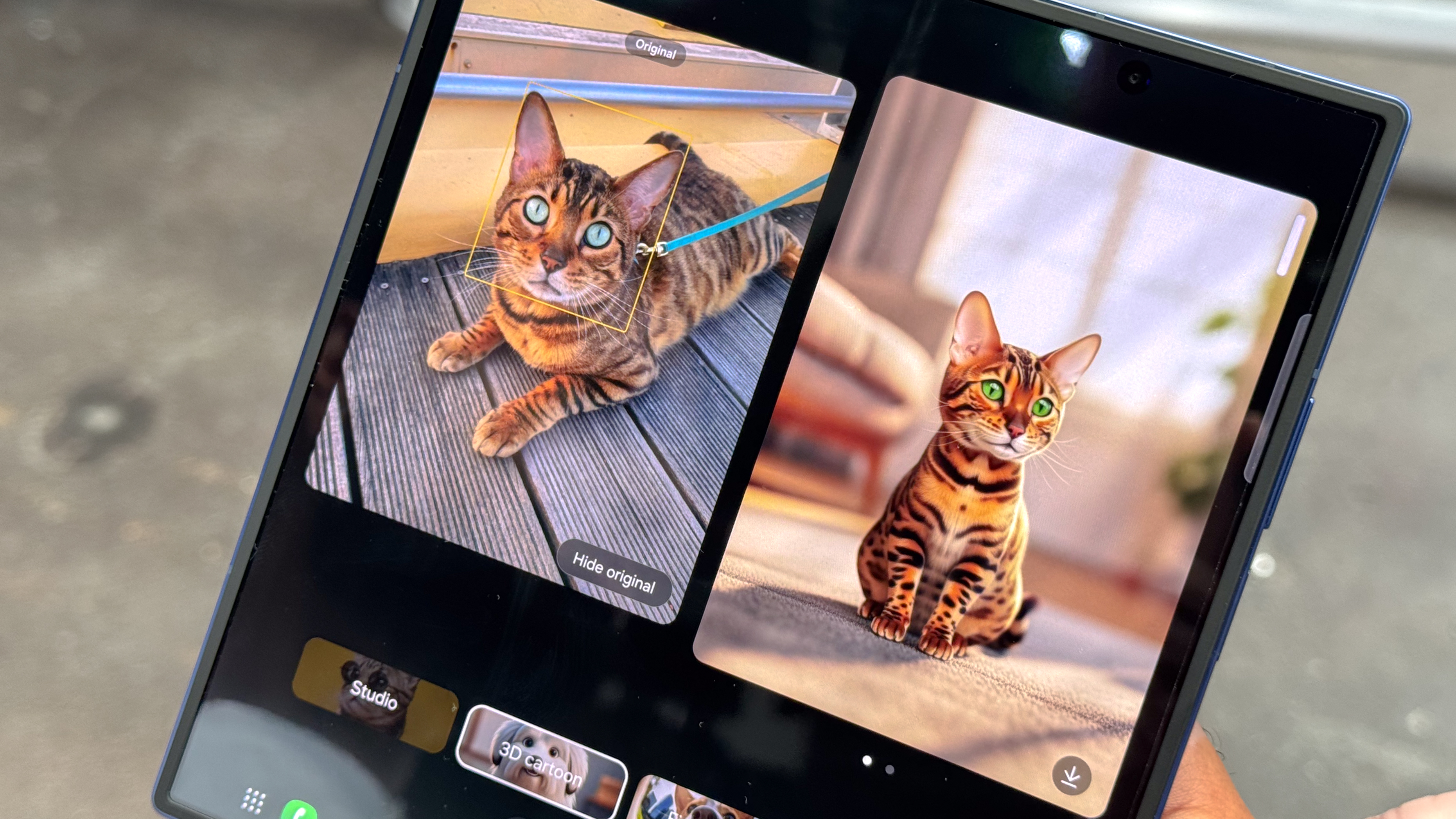
Specifications
Reasons to buy
Reasons to avoid
We were certainly impressed by the 5.8mm thin Galaxy S25 Edge when it debuted earlier this spring. But the Galaxy Z Fold 7 takes things to an even greater extreme, opening up to reveal a 4.2mm profile. Even when its closed, that 8.9m thickness isn't that far off from what you'd expect from a more conventional phone.
This matters because up until now, opting for a book-style foldable meant the trade-off for a larger screen device was one that was bulky to tote around. The Galaxy Z Fold 7 removes that penalty, making for a more appealing mobile device — at least if you're not put off by the $1,999 starting price.
There's more than just a slender design to justify that lofty price, though. Samsung added a 200MP main camera and got rid of the under-display selfie cam for one that takes better shots. The end result is a more capable camera phone that produced some very detailed images in our testing. More impressive, Galaxy AI features take greater advantage of the phone's foldable design, as you can shift around AI summary boxes to anywhere on your display and you can compare generative AI edits side by side.
The high price of the Galaxy Z Fold 7 means this isn't a phone for everyone — that's why we think the Z Flip 7 is the better foldable phone for more Android users. But power users who want a big display that's not an even bigger hassle to carry around will like what they see from the newly evolved Galaxy Z Fold 7.
Read our full Samsung Galaxy Z Fold 7 review.
What to look for in the best Android phone
The first place to start when shopping for the best Android phone for you is your budget, and there are a few tiers. The cheapest Android phones cost under $200 and offer mostly the basics for using apps, taking pictures and staying connected. We chart the best cheap phones under $300, though honestly, you'll make a lot of compromises to get a phone priced that low.
As you move up to under $450, you'll find more compelling handsets, touting better processors, higher-grade materials and more camera lenses. Right now, the best value phones on our list is the Pixel 8a. (The OnePlus 13R, at $599, is a little more expensive, but still cheaper than flagship devices.) Our main guide to the best cheap phones for less than $500 goes into greater depth on these devices.
Jump into the $700-and-up range, and the best phones offer flagship-caliber performance along with cutting-edge computational photography and special features. You'll start to see features like telephoto lenses appear at this level of phone.
The most premium Android phones offer foldable designs and big price tags, though options like the Galaxy Z Flip 7 FE and the standard and plus versions of the Motorola Razr all cost less than $1,000. (Stay tuned for reviews of these lower-cost foldables.) Our best foldable phone pick — the Galaxy Z Flip 7 — starts at $1,299 and prices climb up to $2,000 with book-style foldables like the Galaxy Z Fold 7.
What you look for in the best Android phone also depends on what you plan to use your handset for. To that end:
- For mobile gaming: Make sure you're getting a phone with a top-performing processor. As of this writing, that would be the Snapdragon 8 Gen 3, though any recent Snapdragon 8 series system-on-chip would do the trick. Good gaming phones also have lots of RAM — at least 8GB — and a display that ramps up the refresh rate to at least 120Hz for smoother graphics. A phone with a long battery life won't die on you mid-session, either.
- For mobile productivity: As with gaming, a fast processor is helpful, and you'll want a phone with lots of storage capacity. Bigger screens are usually more helpful for performing tasks on the go, which is why foldable phones and their extended screens are of interest here. Foldable phones also have unique multitasking features that let you run multiple apps at once.
- For mobile photograhy: Nearly every phone will offer a main camera plus an ultrawide shooter, but more expensive models also tend to include telephoto lenses. Just as an important as the camera hardware is the software — check out what kind of computational photography features a phone might have. Google's Pixels excel in this area, but Samsung and OnePlus also perform well.
How we test the best Android phones
The same method we use to test the best phones applies to the dozen or so Android phones we evaluate each year. Every smartphone Tom’s Guide evaluates is tested for several days in real-world use cases and benchmarked with a gamut of performance-measuring apps. In terms of performance, we used Geekbench 5 to measure overall speed and 3DMark Wild Life to measure graphics performance.
We also use our own video editing test in the Adobe Premiere Rush app to see how long it takes to transcode a clip, which we run on both Android phones and iPhone to compare performance. (This test is not always available for all phones we test due to app compatibility issues.)
| Row 0 - Cell 0 | Geekbench 5 (single-core / multicore) | 3DMark Wild Life Unlimited (FPS) |
Galaxy S25 Ultra | 3031 / 9829 | 161.7 |
Pixel 9a | 1707 / 4512 | 57.4 |
OnePlus 15 | 3618 / 11116 | 173.8 |
Pixel 10 Pro XL | 2322 / 6286 | 81.03 |
Nothing Phone 3a Pro | 1166 / 3275 | 25.1 |
Pixel 10 | 2345 / 6581 | 80.58 |
Galaxy S25 | 2916 / 9886 | 168 |
Galaxy Z Flip 7 | 2286 / 8079 | 114.6 |
Galaxy Z Fold 7 | 3052 / 9735 | 123.8 |
To measure the quality of a phone's display, we perform lab tests to determine the brightness of the panel (in nits), as well as how colorful each screen is (DCI-P3 color gamut). In these cases, higher numbers are better. We also measure color accuracy of each panel with a Delta-E rating, where lower numbers are better and score of 0 is perfect.
| Row 0 - Cell 0 | sRGB (%) | DCI-P3 (%) | Delta-E |
Galaxy S25 Ultra | 151.5 (Vivid) 128.1 (Natural) | 107.3 (Vivid), 90.8 (Natural) | 02.5 (Vivid), 0.24 (Natural) |
Pixel 9a | 133 (Adaptive), 118.3 (Natural) | 94.2 (Adaptive), 83.8 (Natural) | 0.24 (Adaptive), 0.20 (Natural) |
OnePlus 15 | 111.8 (Standard), 110.8 (Natural) | 79.2 (Standard), 78.4 (Natural) | 0.29 (Standard), 0.20 (Natural) |
Google Pixel 10 Pro XL | 125.7 (Adaptive), 103.7 (Natural) | 89 (Adaptive), 73.4 (Natural) | 0.29 (Adaptive), 0.21 (Natural) |
Nothing Phone 3a Pro | 111.1 (Standard), 153.7 (Alive) | 78.7 (Standard), 108.9 (Alive) | 0.2 (Standard), 0.27 (Alive) |
Pixel 10 | 125.5 (Adaptive), 106.6 (Natural) | 89 (Adaptive), 76.9 (Natural) | 0.29 (Adaptive), 0.30 (Natural) |
Galaxy S25 | 152.7 (Vivid), 129.4 (Natural) | 108.2 (Vivid), 91.7 (Natural) | 0.25 (Vivid), 0.31 (Natural) |
Galaxy Z Flip 7 | 151.7 (Vivid), 126.7 (Natural) | 107.4 (Vivid), 89.8 (Natural) | 0.23 (Vivid), 0.23 (Natural) |
Galaxy Z Fold 7 | 148.6 (Vivid), 135.5 (Natural) | 105.2 (Vivid), 96 (Natural) | 0.28 (Vivid), 0.22 (Natural) |
One of the most important tests we run is the Tom's Guide battery test. We run a web surfing test over 5G (or 4G if the phone doesn't have 5G support) at 150 nits of screen brightness until the battery gives out. In general, a phone that lasts 11 hours or more is good, and anything above 15 hours makes our list of the best phone battery life.
| Row 0 - Cell 0 | Battery life (Hrs:Mins) |
Galaxy S25 Ultra | 17:14 |
Pixel 9a | 13:08 |
OnePlus 15 | 25:13 |
Pixel 10 Pro XL | 14:20 |
Nothing Phone 3a Pro | 14:33 |
Pixel 10 | 13:13 |
Galaxy S25 | 15:22 |
Galaxy Z Flip 7 | 12:24 |
Galaxy Z Fold 7 | 10:44 |
Last but not least, we take the best phones out in the field to take photos outdoors, indoors and at night in low light to see how they perform versus their closest competitors.
We take shots of landscapes, food, portraits and more, and also allow you to be the judge with side-by-side comparisons in our reviews and 200 photo head-to-head shootouts.
For more information, check out our how we test page for Tom's Guide.
Get instant access to breaking news, the hottest reviews, great deals and helpful tips.
Philip Michaels is a Managing Editor at Tom's Guide. He's been covering personal technology since 1999 and was in the building when Steve Jobs showed off the iPhone for the first time. He's been evaluating smartphones since that first iPhone debuted in 2007, and he's been following phone carriers and smartphone plans since 2015. He has strong opinions about Apple, the Oakland Athletics, old movies and proper butchery techniques. Follow him at @PhilipMichaels.





